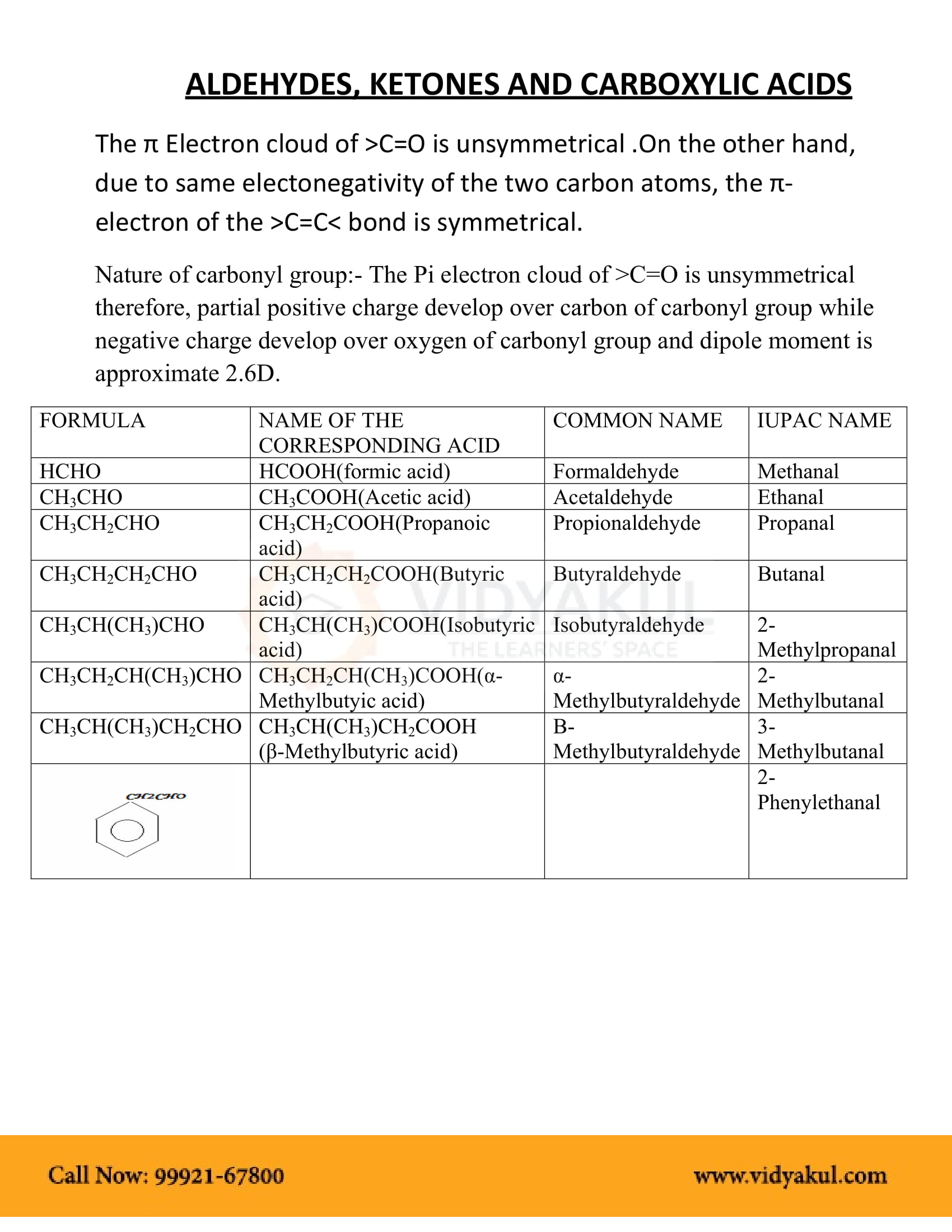Aldehydes, Ketones and Carboxylic Acids Class 12 Notes

Class 12 Chemistry Chapter 12 Aldehydes, Ketones and Carboxylic Acids Notes- Pdf Download
Chapter 12 Aldehydes, Ketones and Carboxylic Acids
The chapter deals with aldehydes, ketones, and carboxylic acids. Students should prepare for exams by referencing these NCERT notes only. NCERT's notes are designed according to the latest curriculum and thus can help students clarify all their concepts.
NCERT notes for Aldehydes, Ketones and Carboxylic Acids sheds some light on important concepts such as physical properties, compound nomenclature, chemical reactions, and more. In addition, to track their progress, students can also take tests and mock exams in this chapter. This will prove to be very beneficial for students in their exam preparation and helps them stay ahead of their peers.
CBSE CLASS 12th CHEMISTRY 12 NOTES
Points to Remember
Aldehydes and Ketones are prepared by the oxidation of alcohols.
Treatment of acyl chlorides with dialkylcadmium, prepared by the reaction of cadmium chloride with Grignard reagent, gives ketones.
Both aldehydes and ketones can be prepared by ozonolysis of alkenes.
Aldehydes having no αα-hydrogen undergo self oxidation and reduction (disproportionation) reaction on heating with concentrated alkali. Threfore, this is Cannizzaro’s reaction.
Carboxylic acids are considerably more acidic than alcohols and most simple phenols.
Students can learn more important points about NCERT notes for Class 12 Chemistry Chapter 12 from Vidyakul. Thus, students can refer to all the units to prepare for exams.
Topics and Sub- topics
Aldeides, Ketones, and Carboxylic Acids is a relatively new chapter for students that can prove to be extremely helpful. If students have difficulty with the questions in this chapter, students can watch the Vidyakul Tutorial video. So these learning elements will play an important role in making learning easy and enjoyable for students.
Subject-specific practice questions will help students prepare for the appropriate exam. In addition to board exams, these questions will also help students prepare for competitive exams. In addition, these can help them score better on the board as well as in competitions.
Download this solution for FREE Download This PDF
Download Vidyakul App for more Important videos, PDF's and Free video lectures.
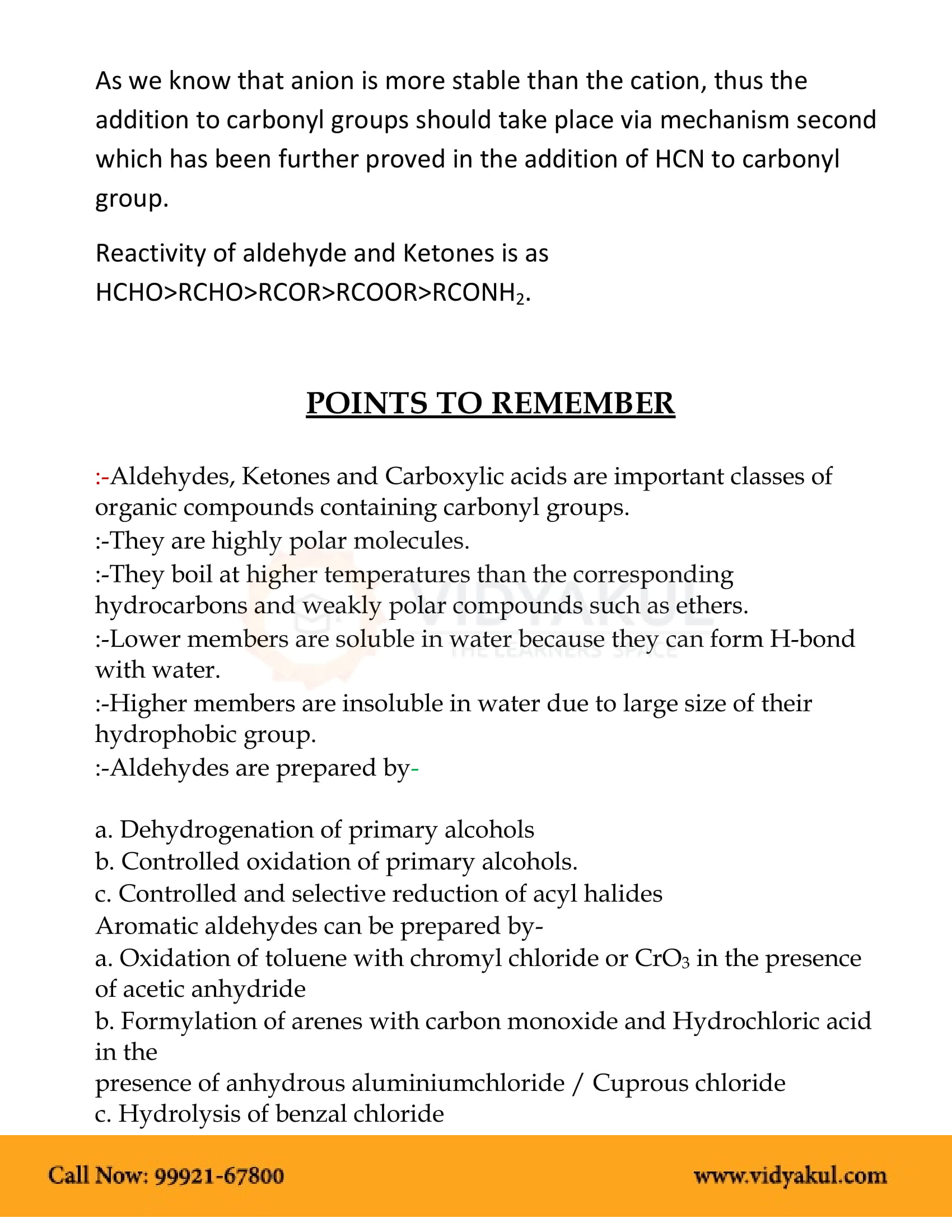
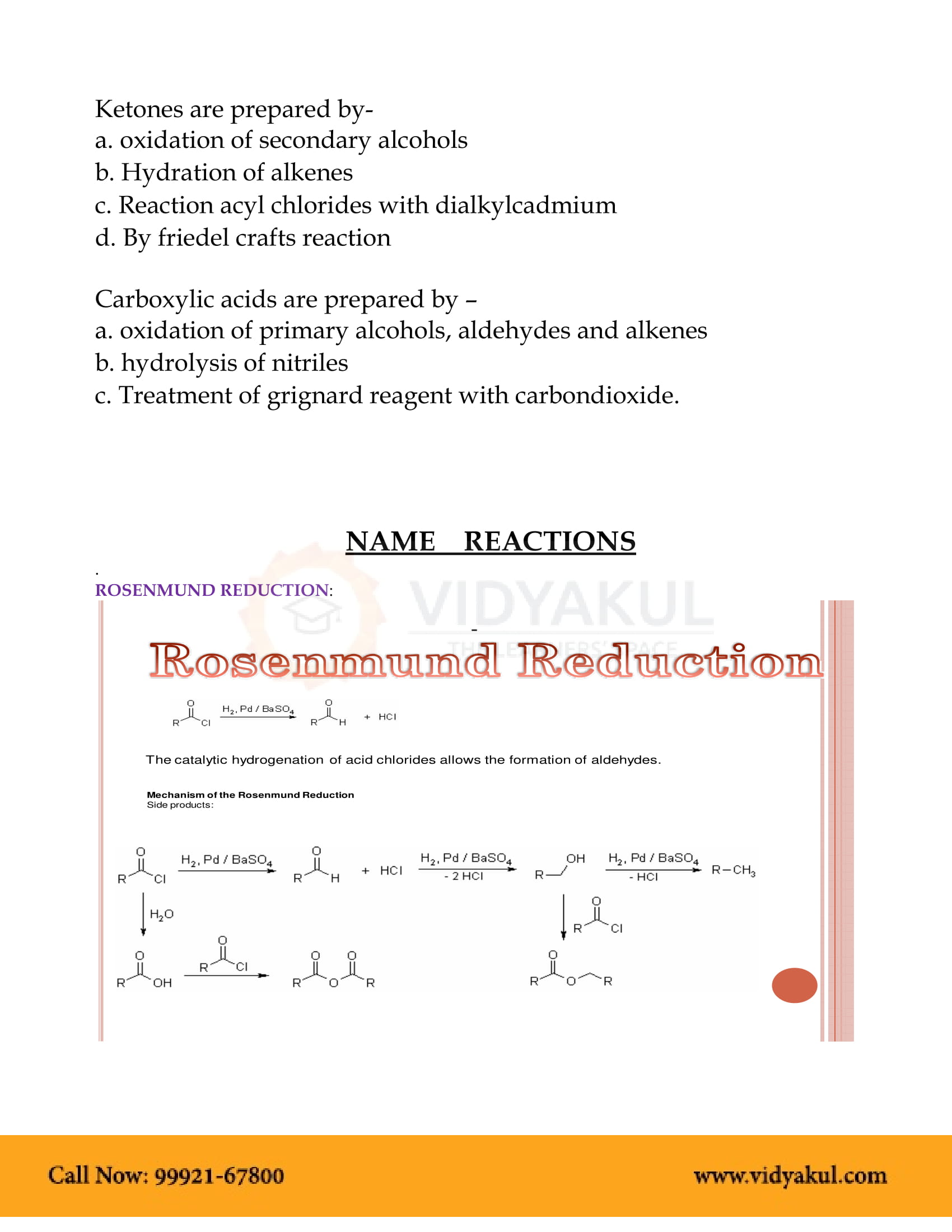
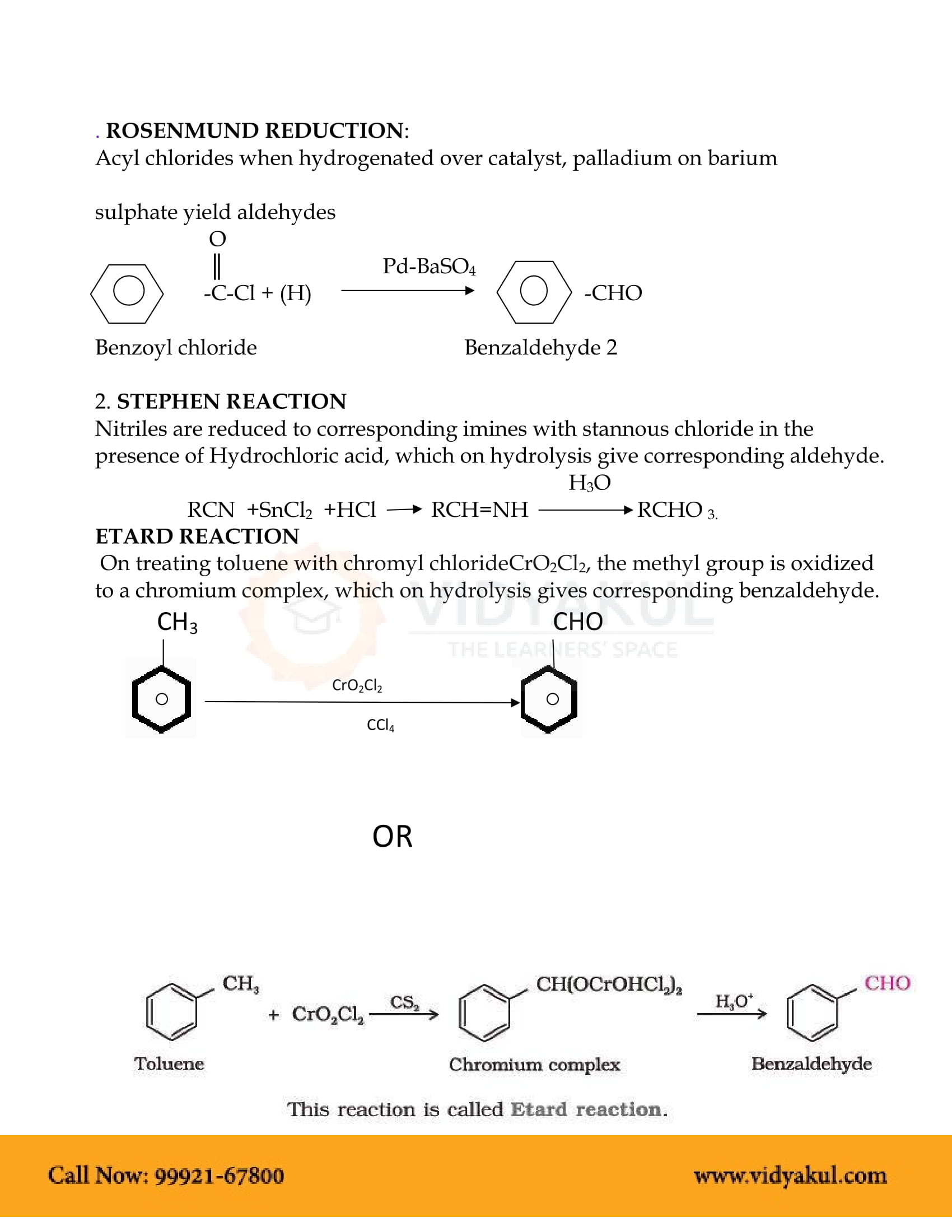
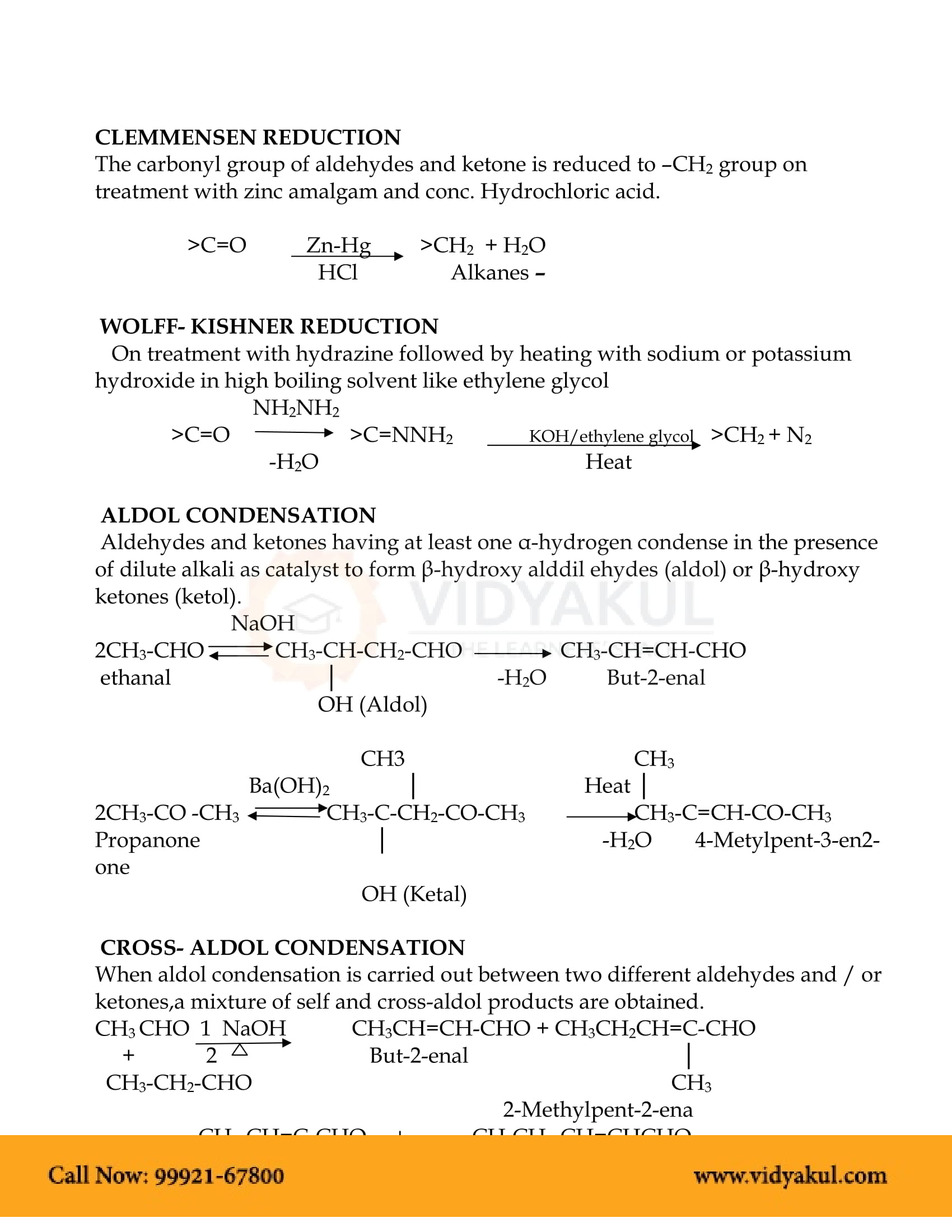

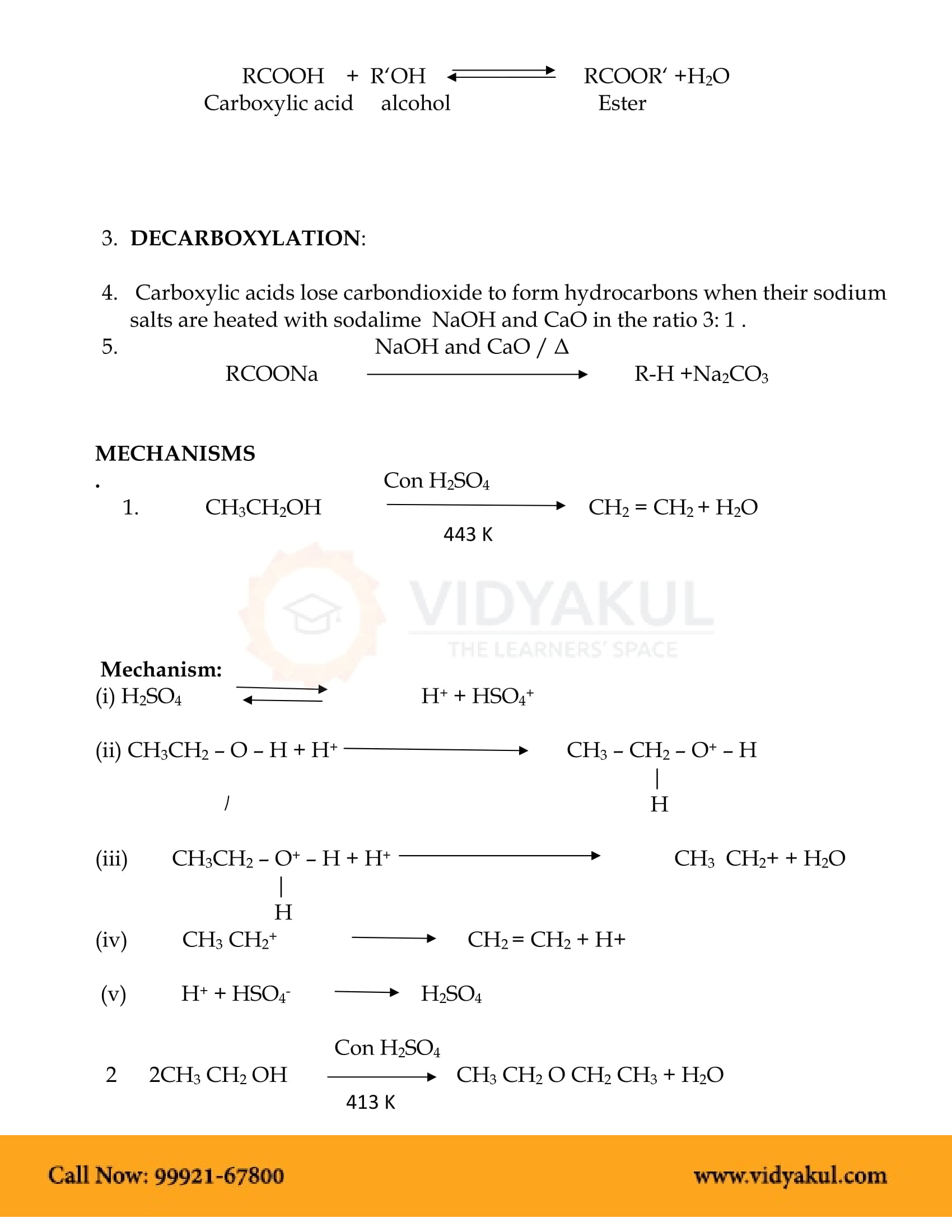
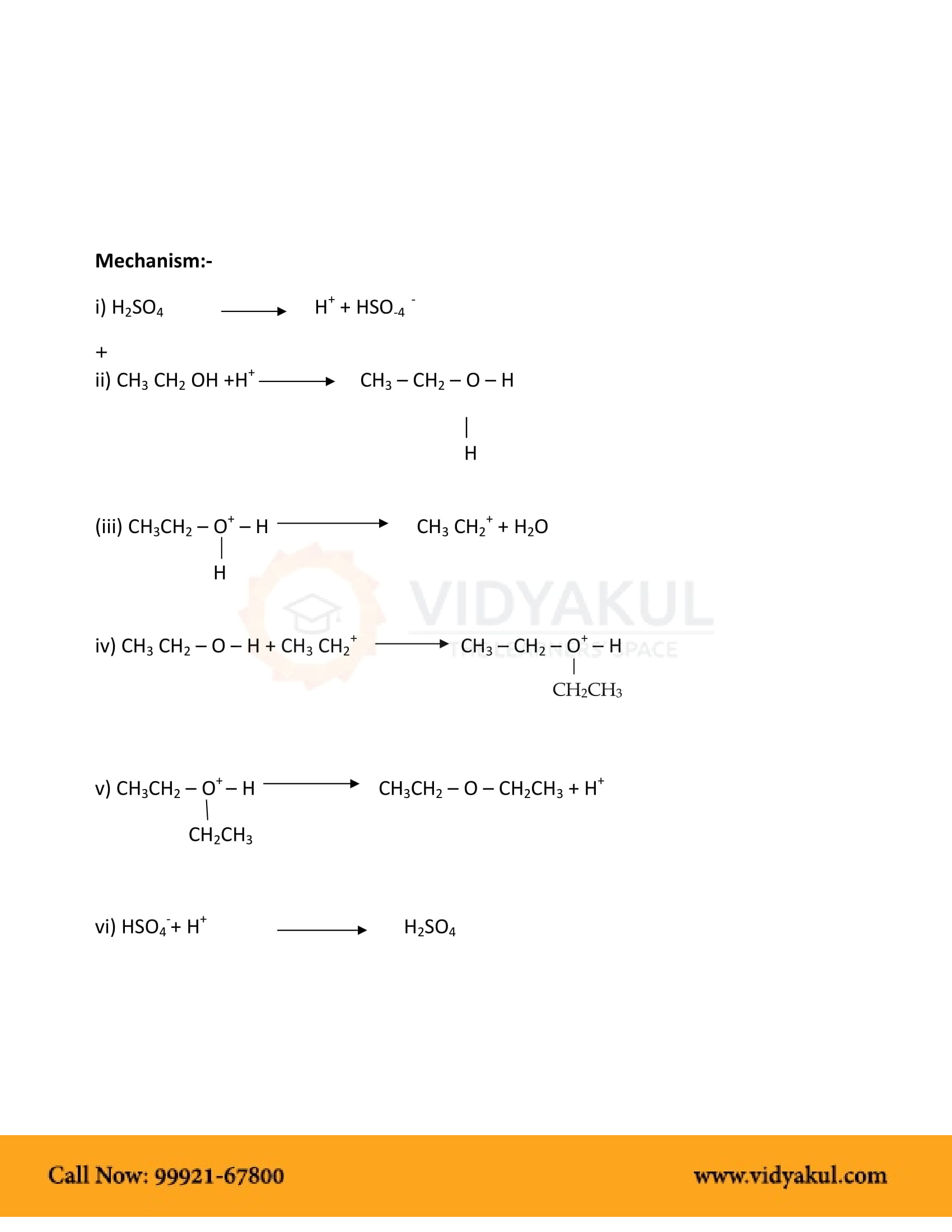
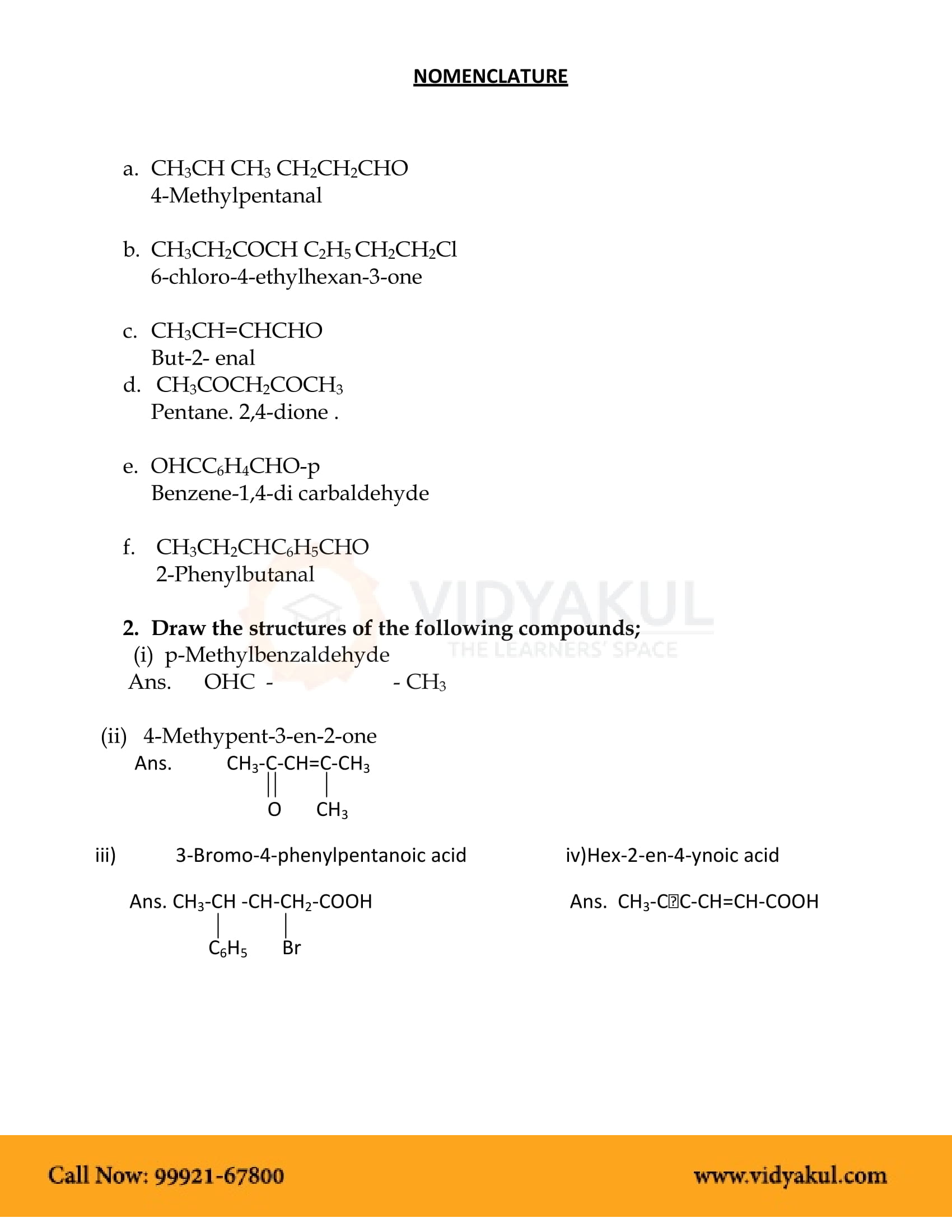
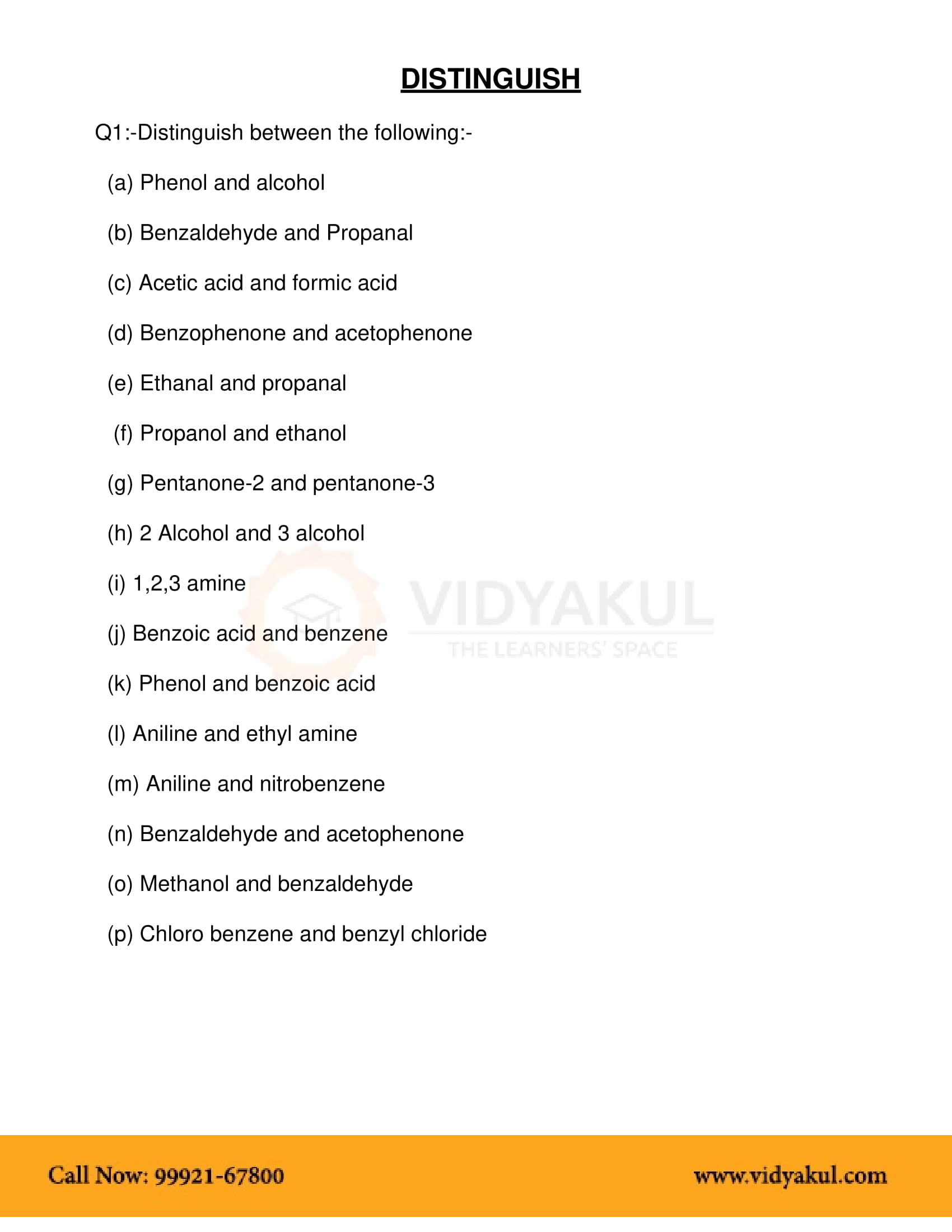
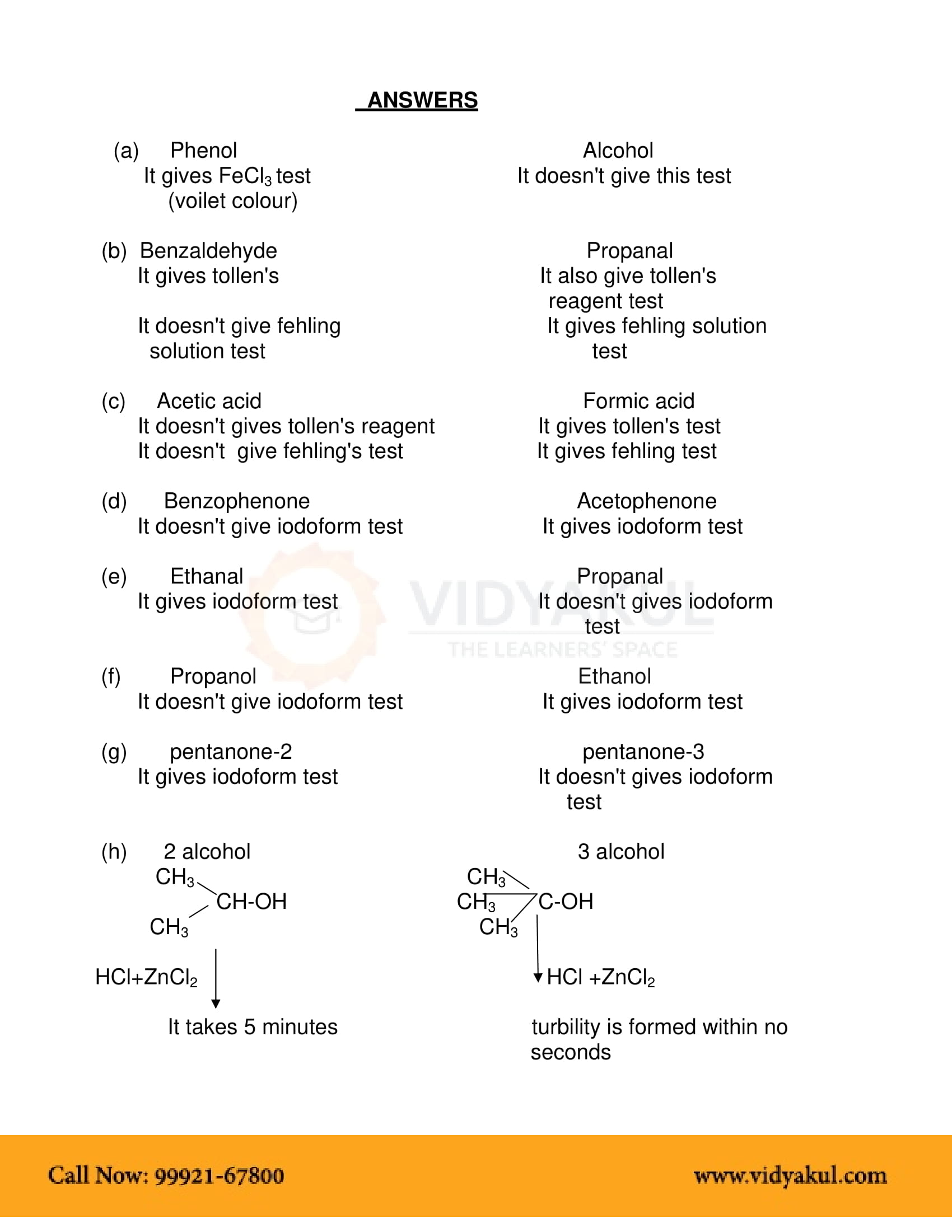
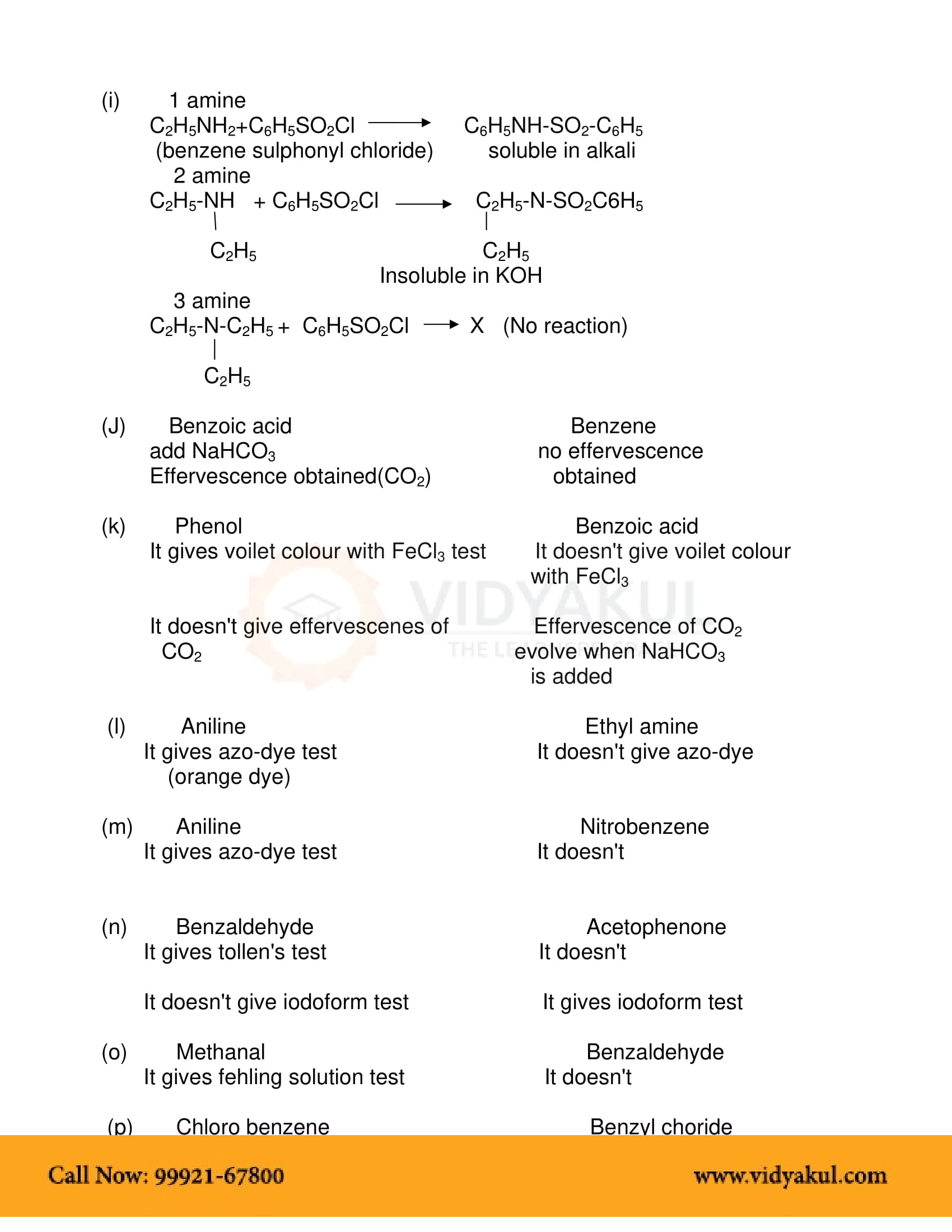
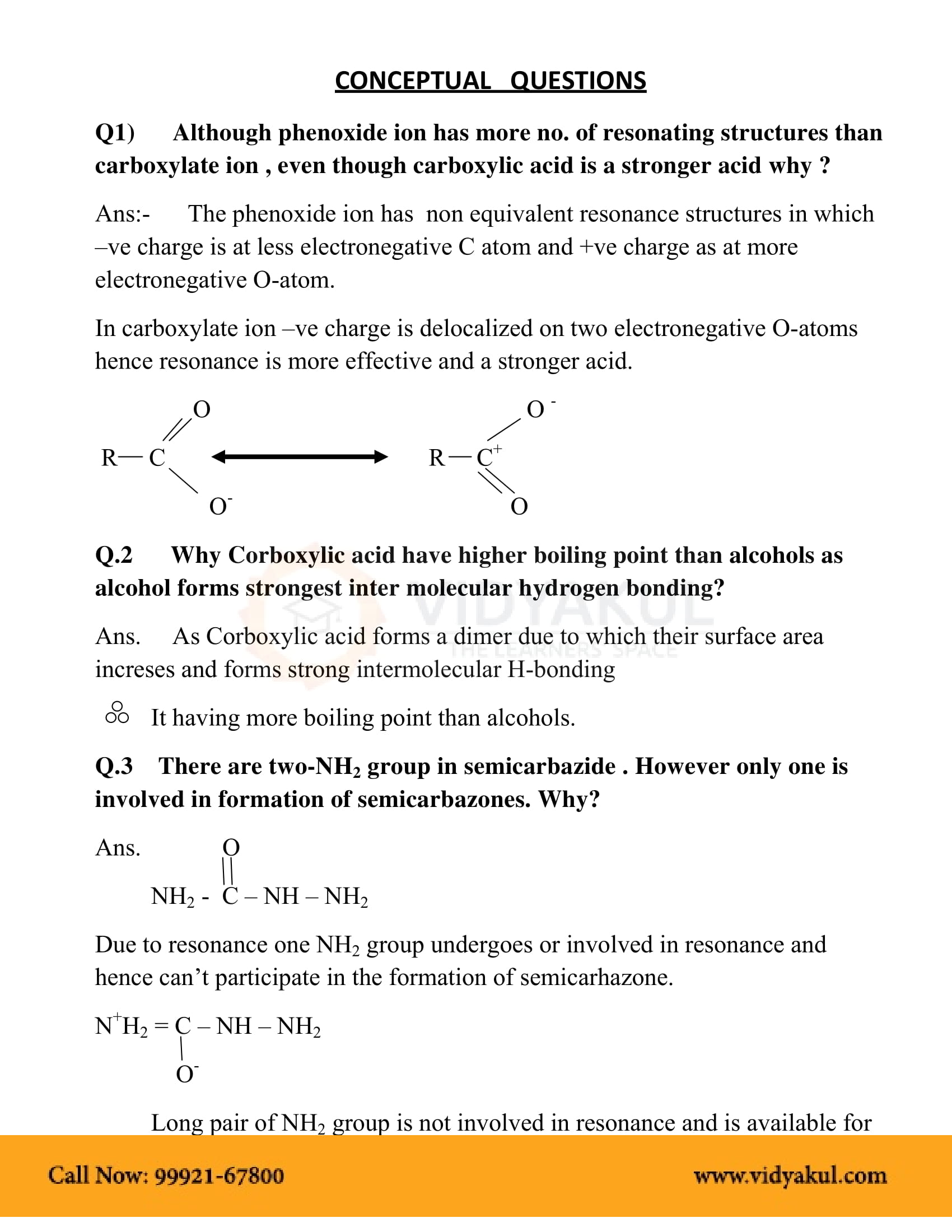
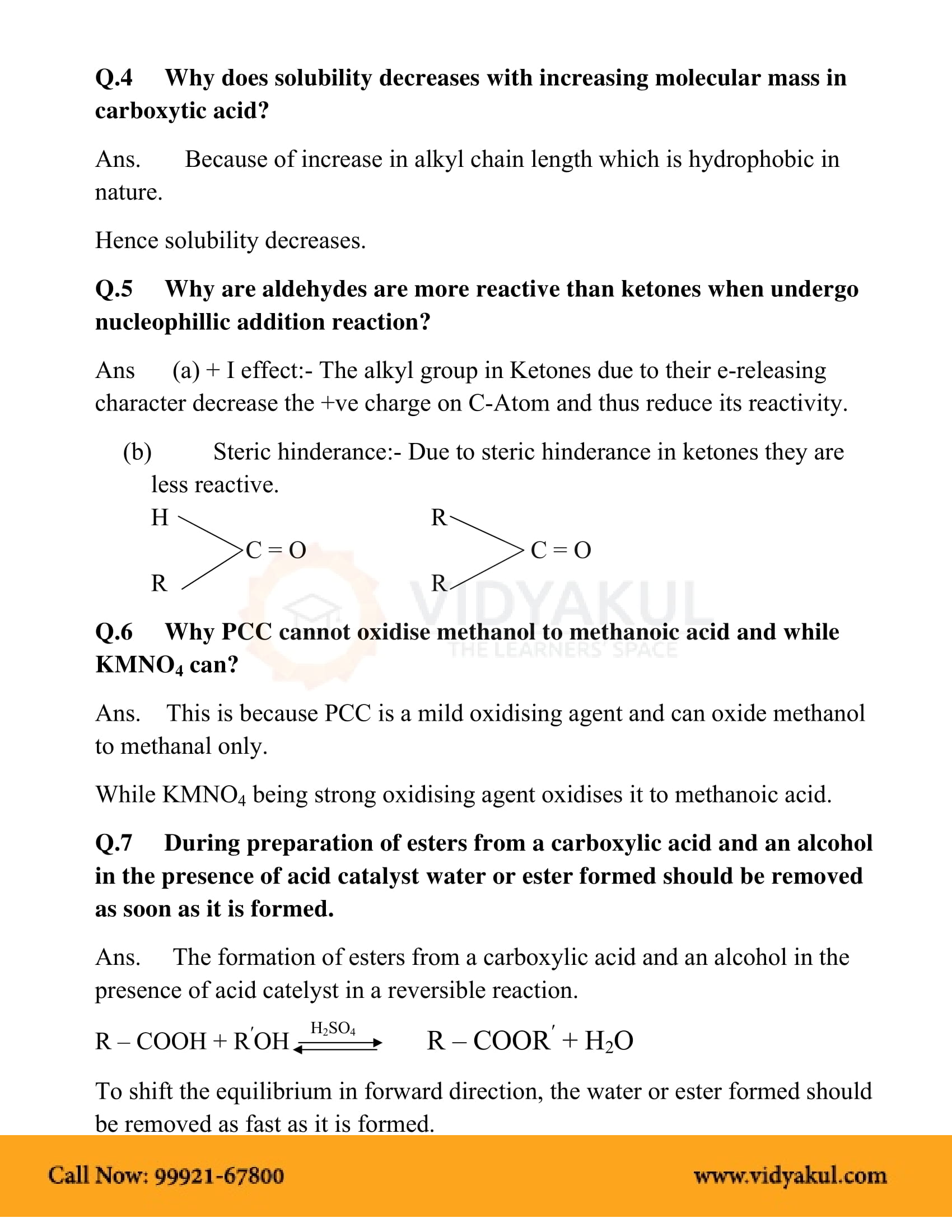

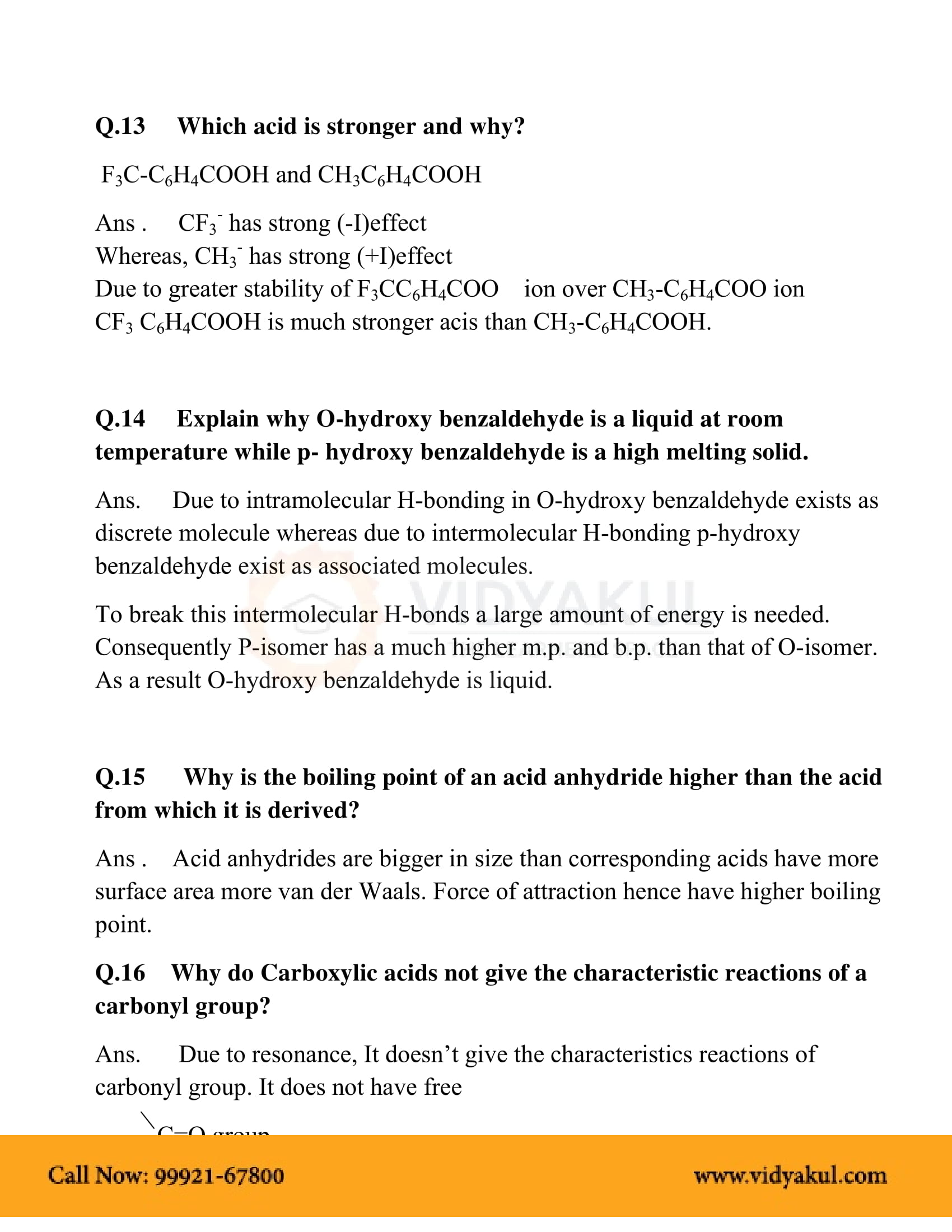
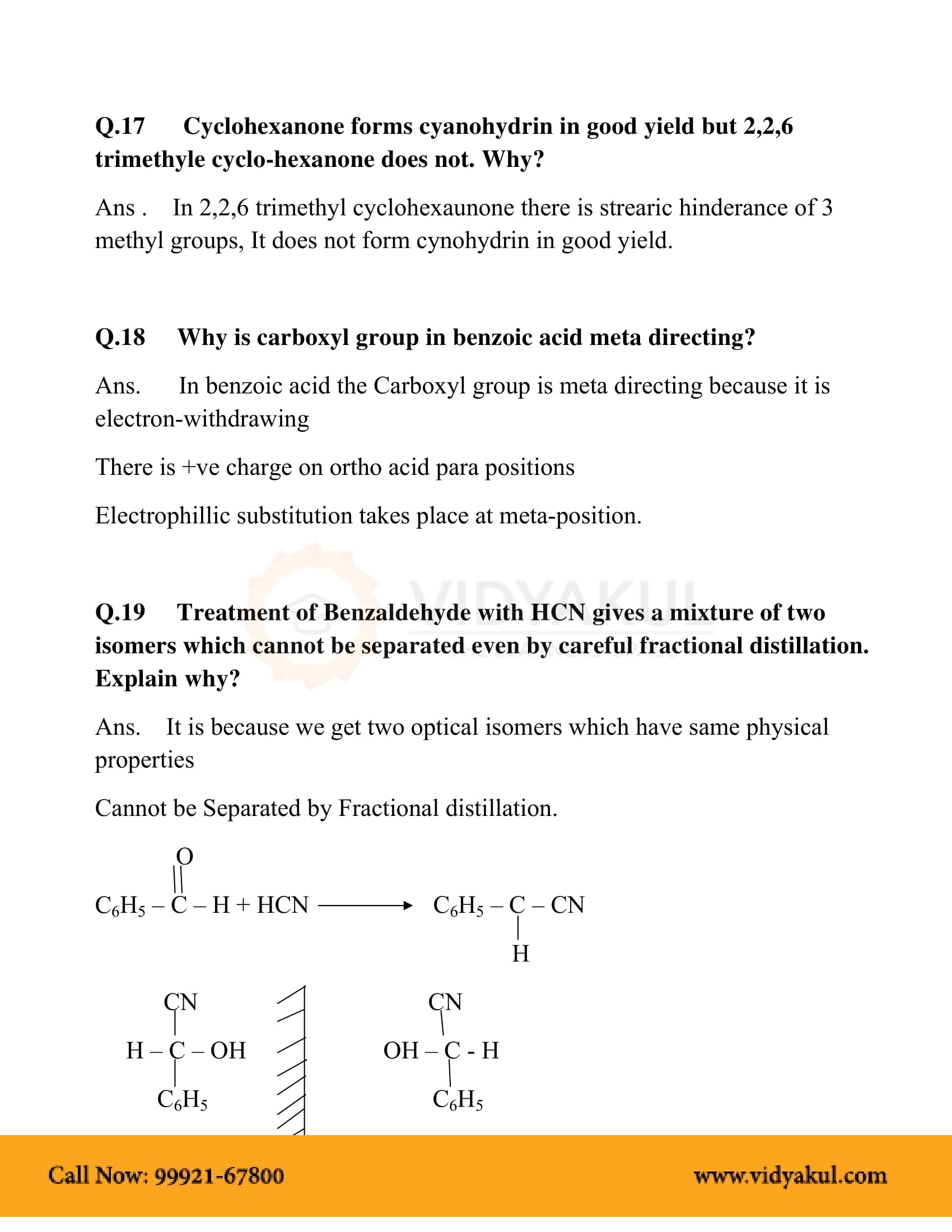
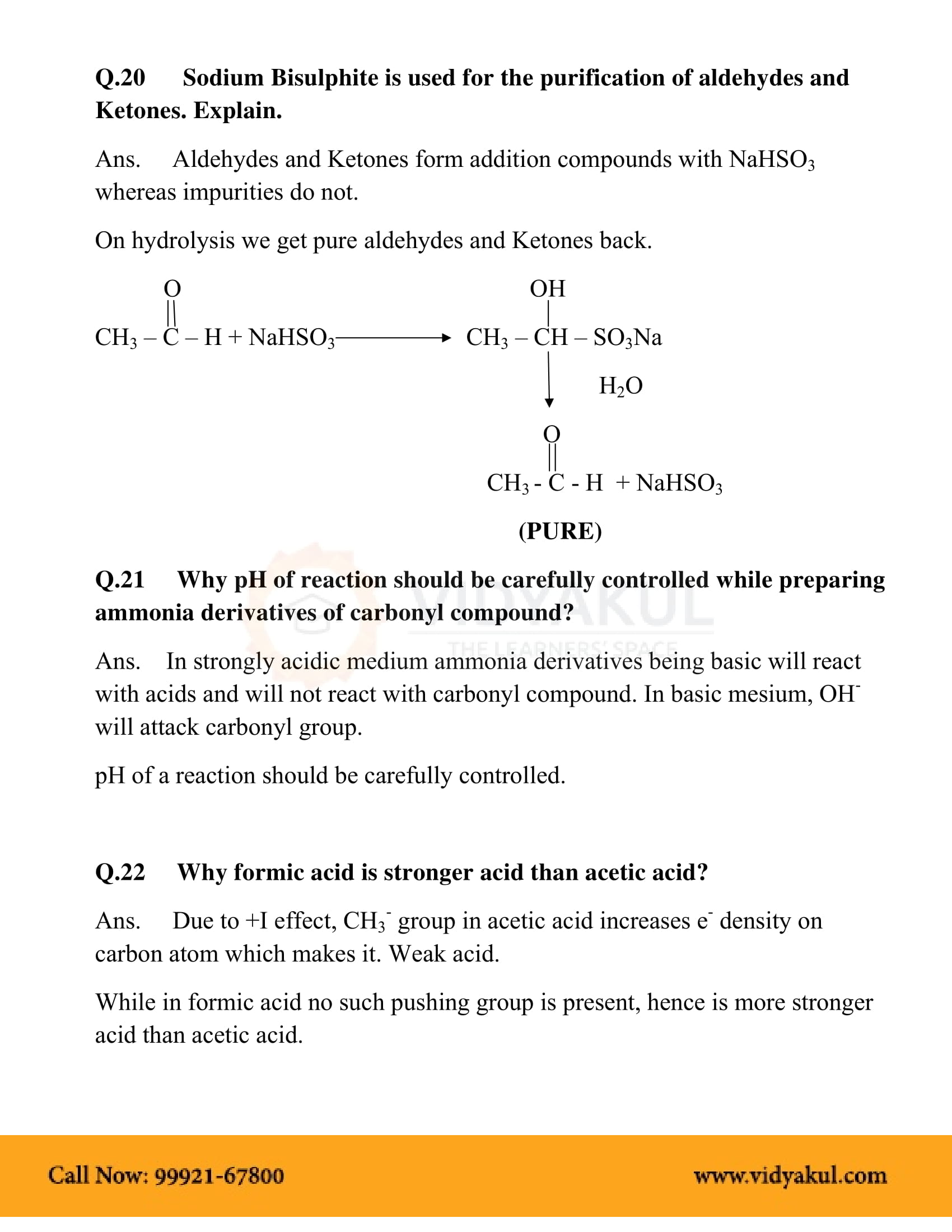
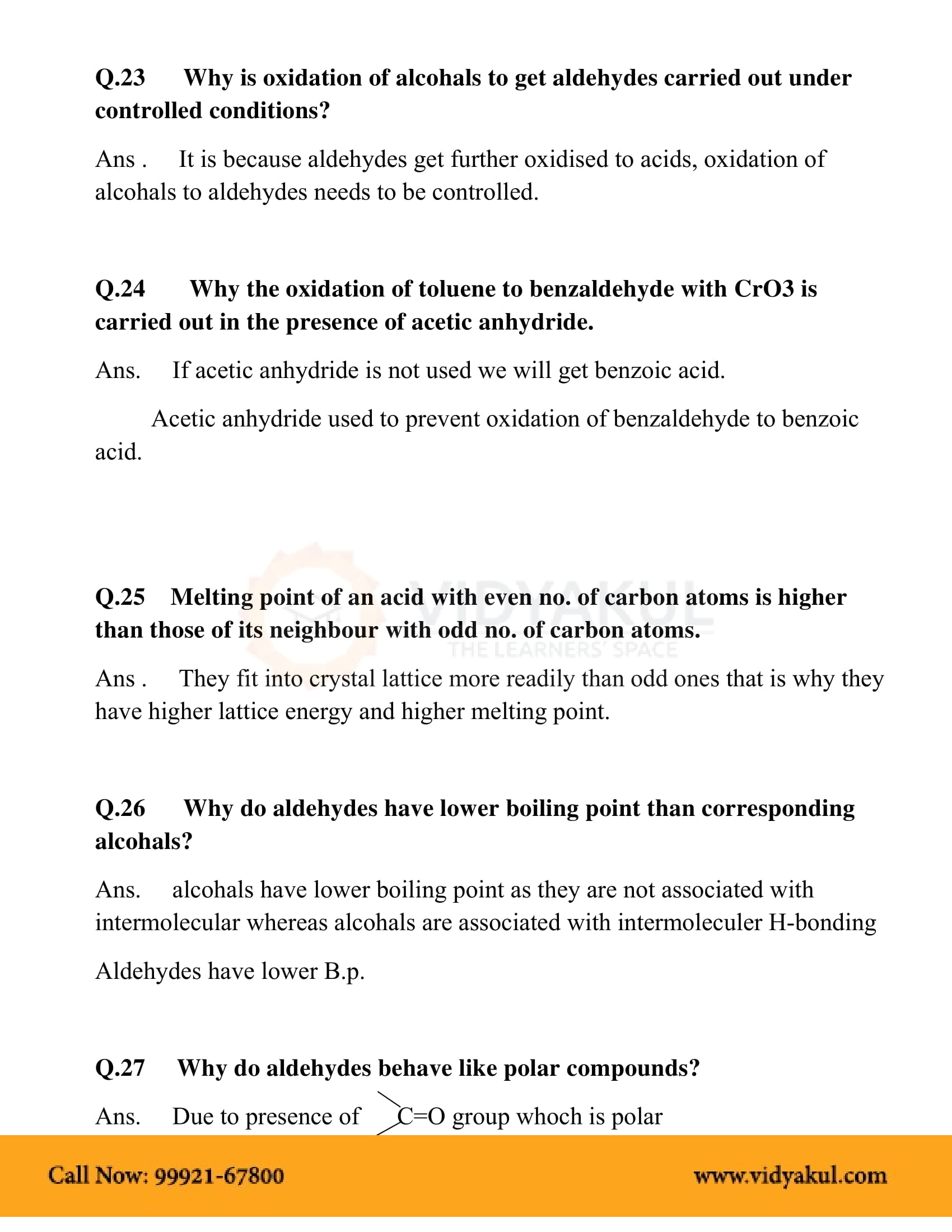
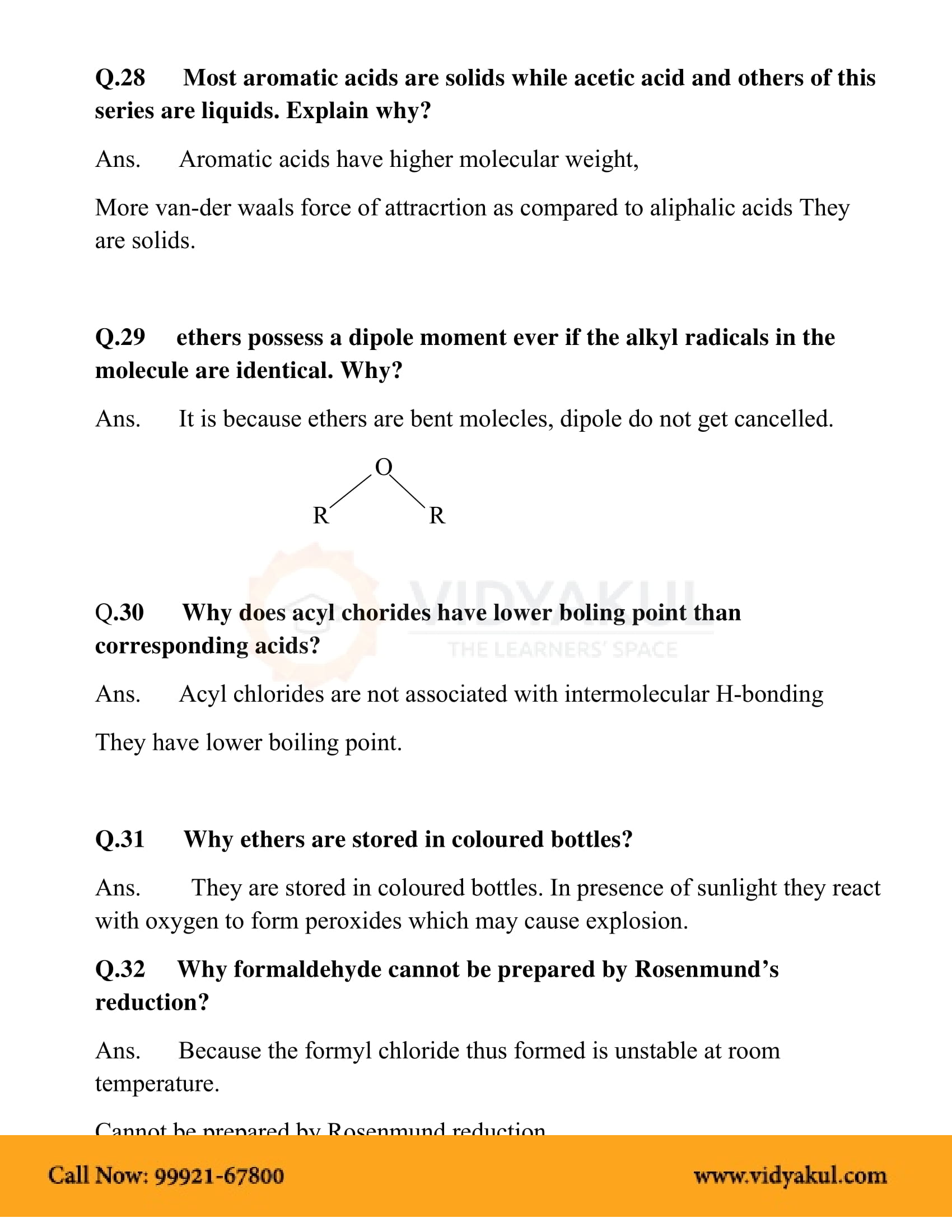
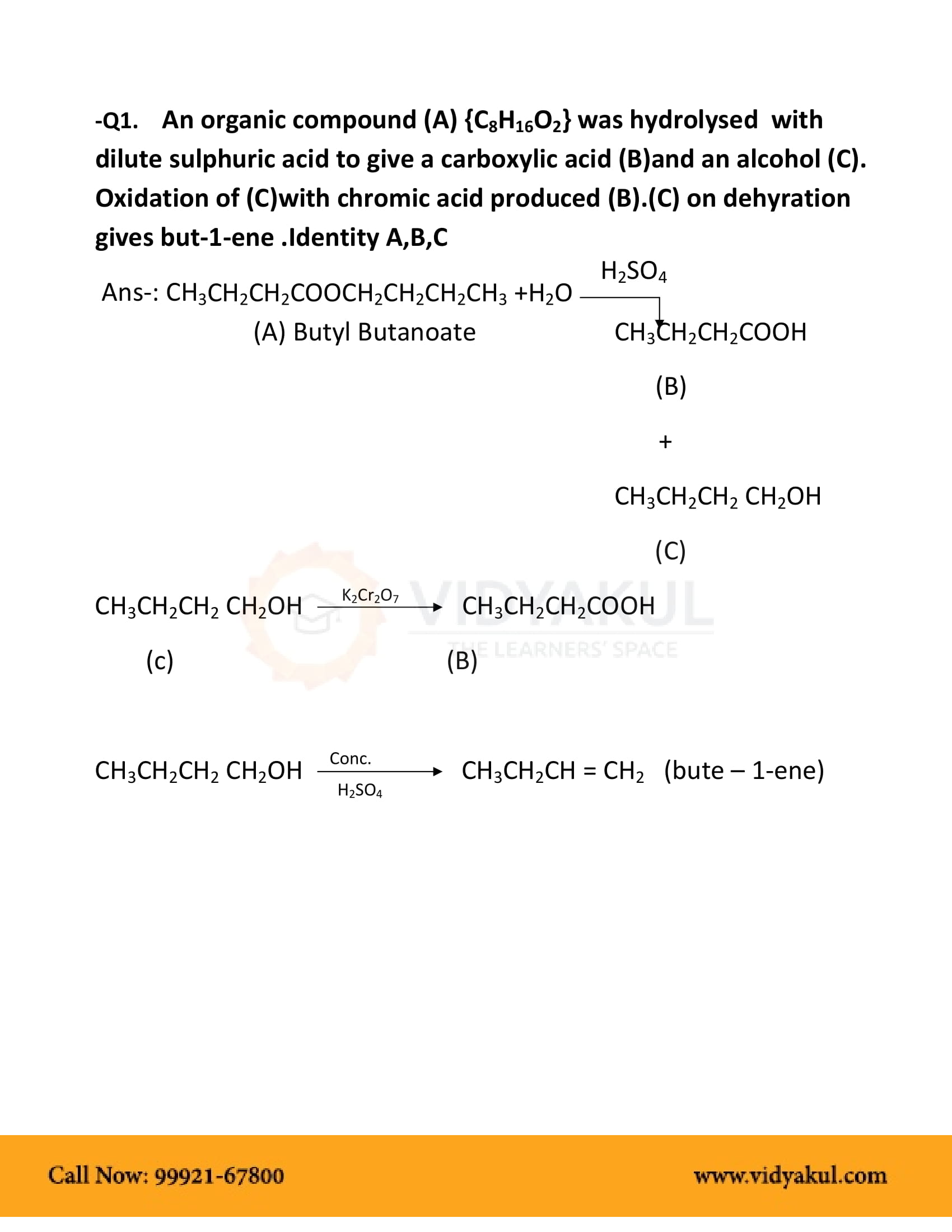
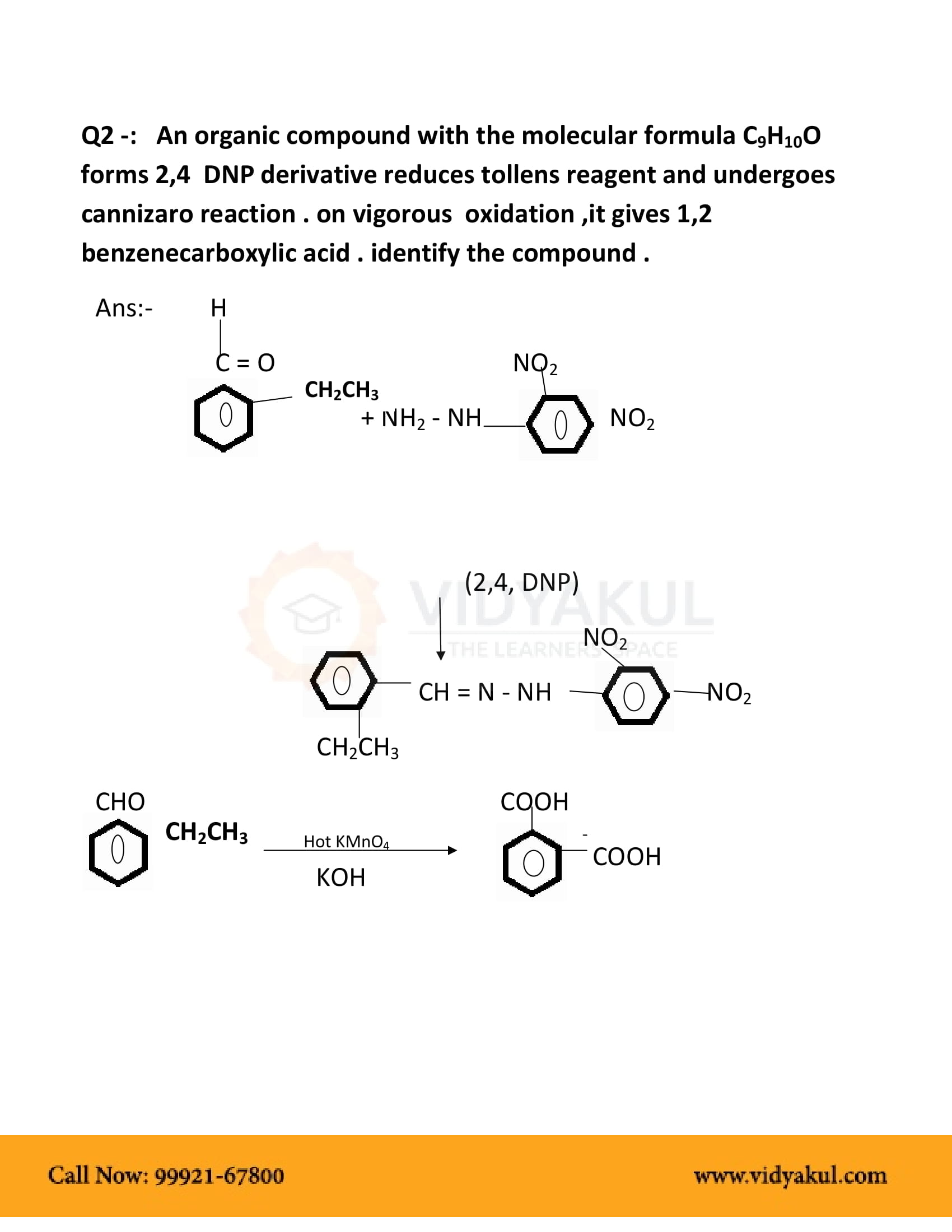
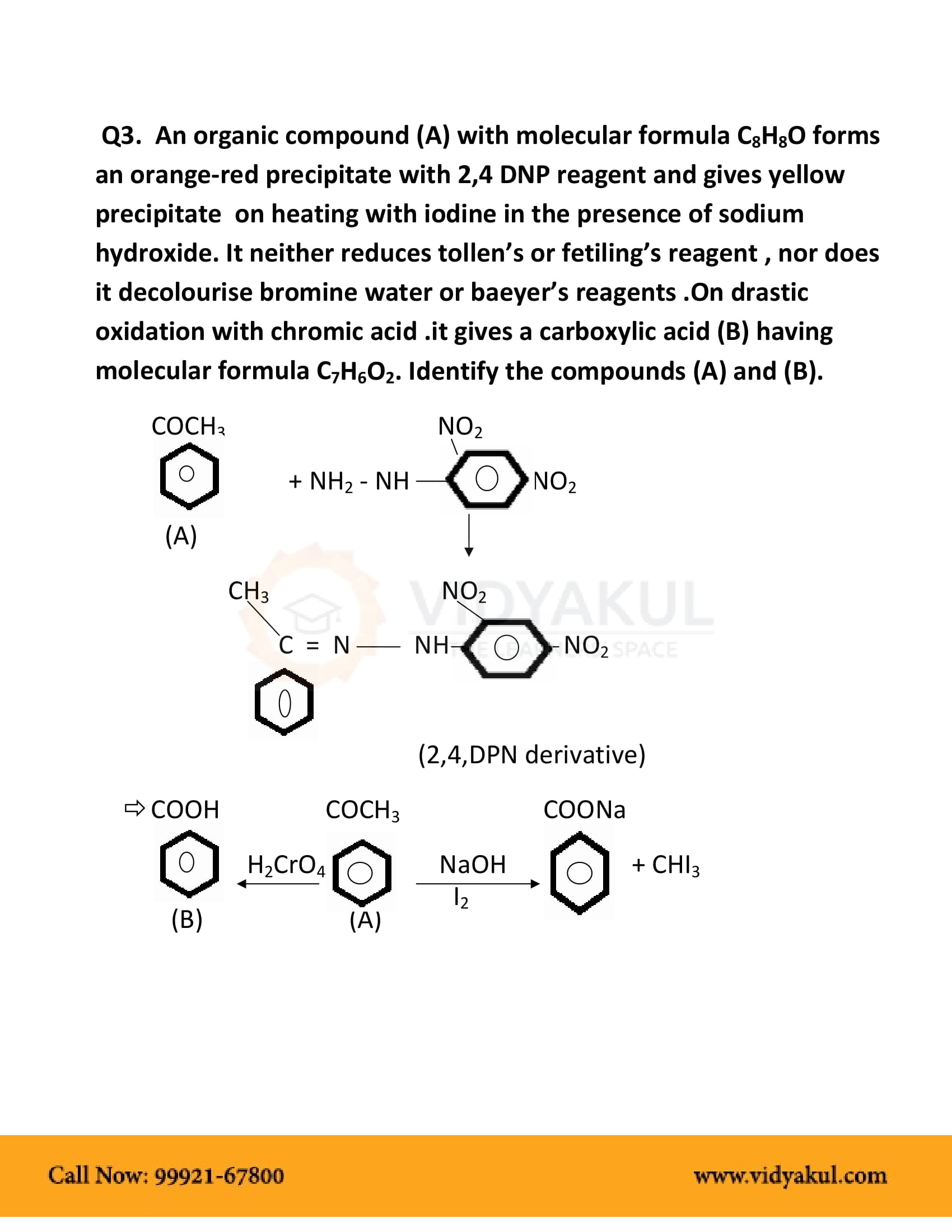
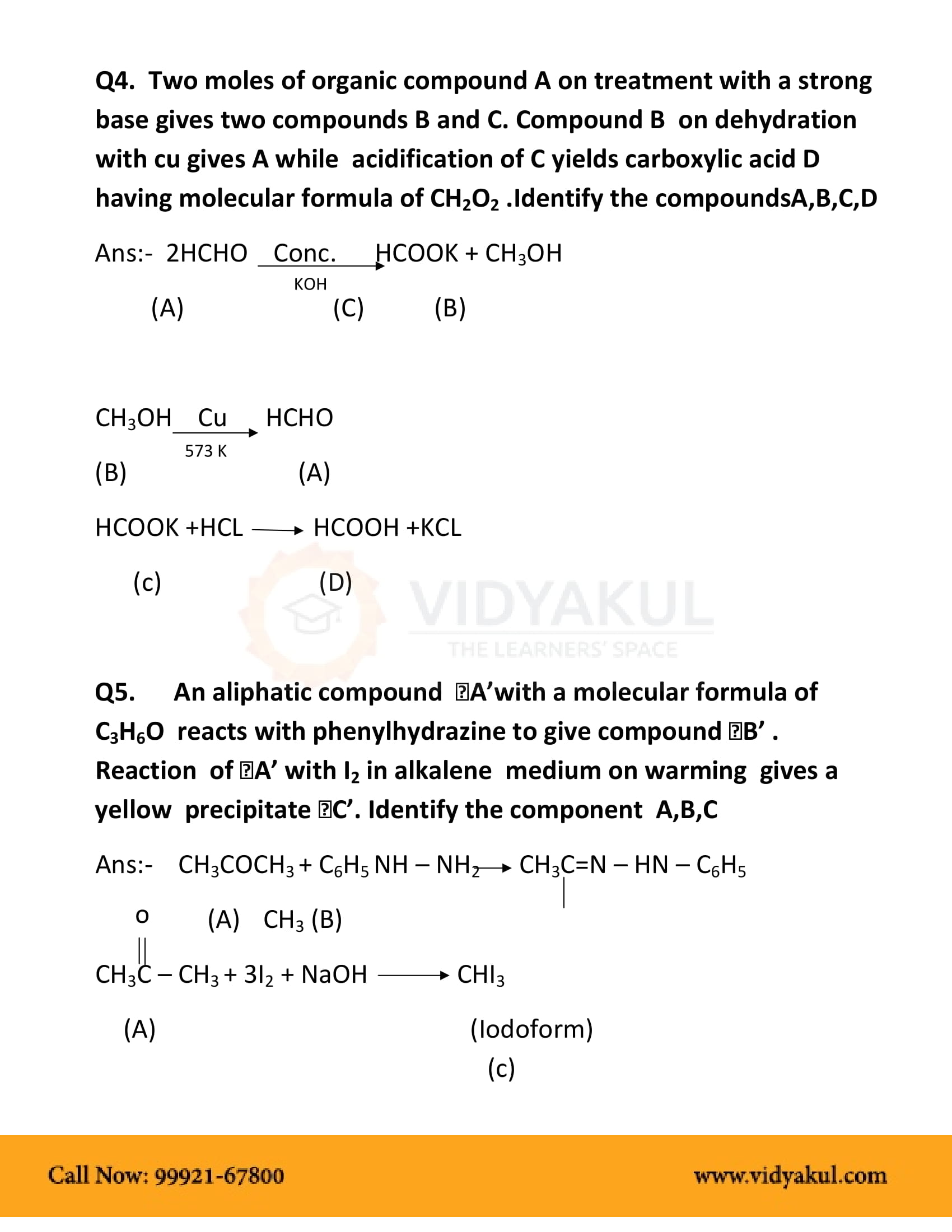
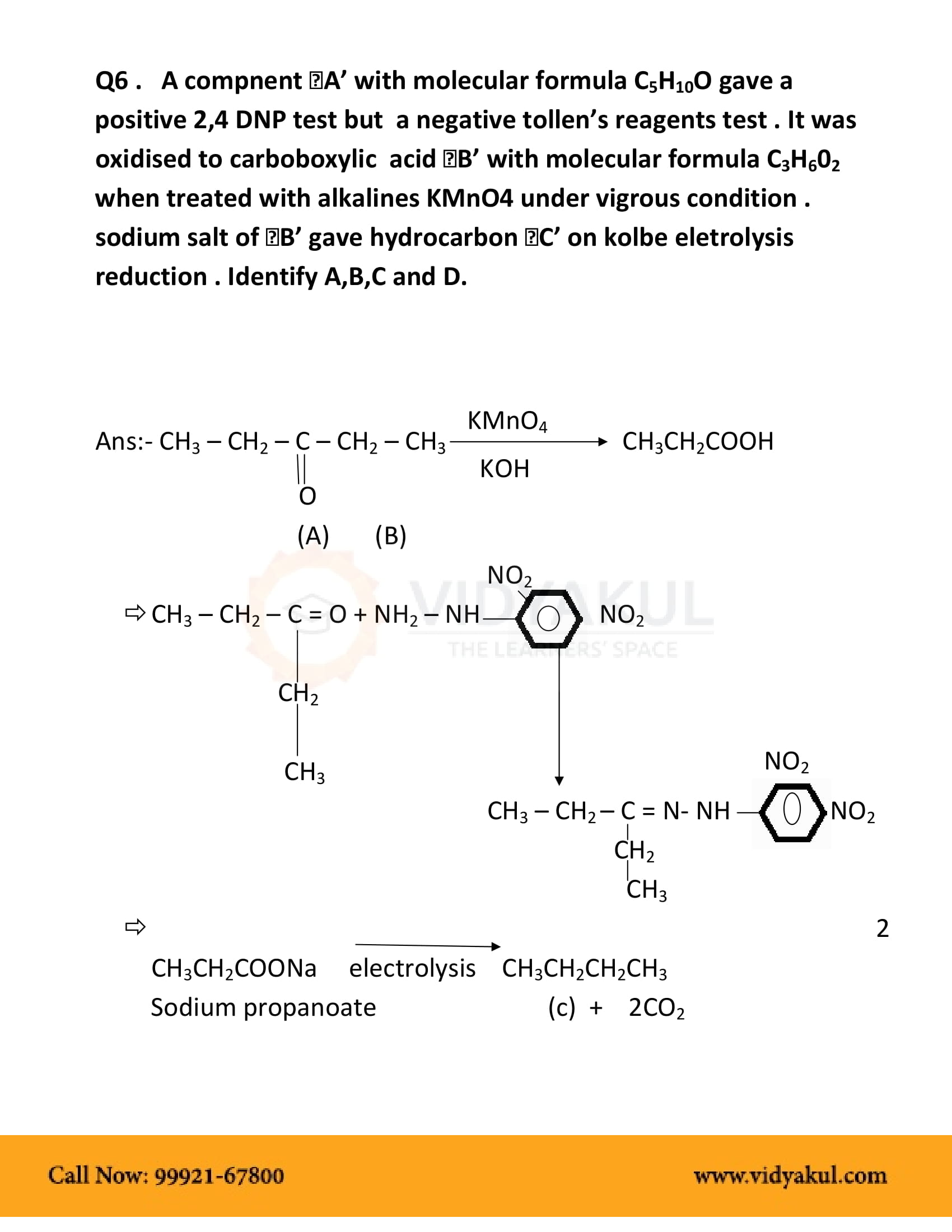
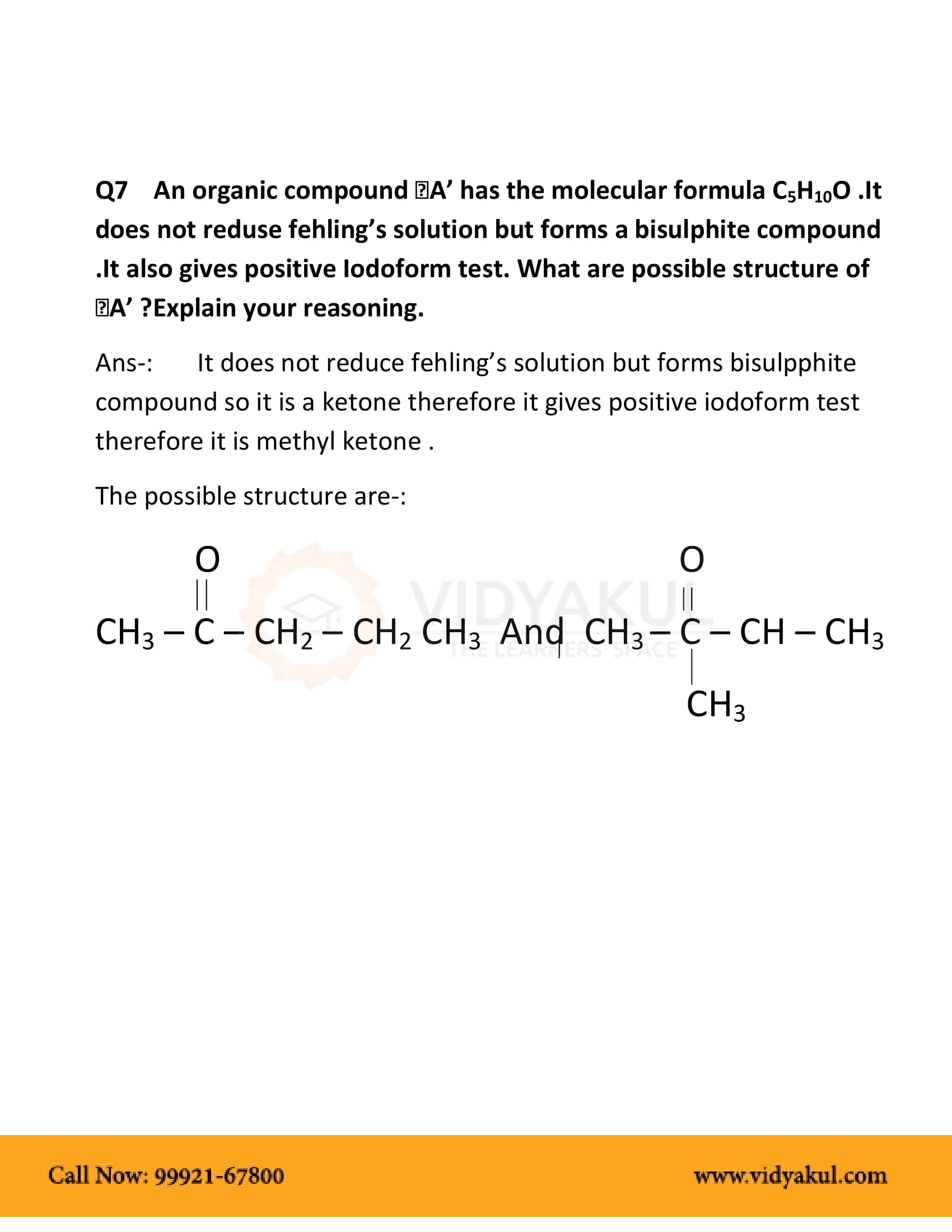
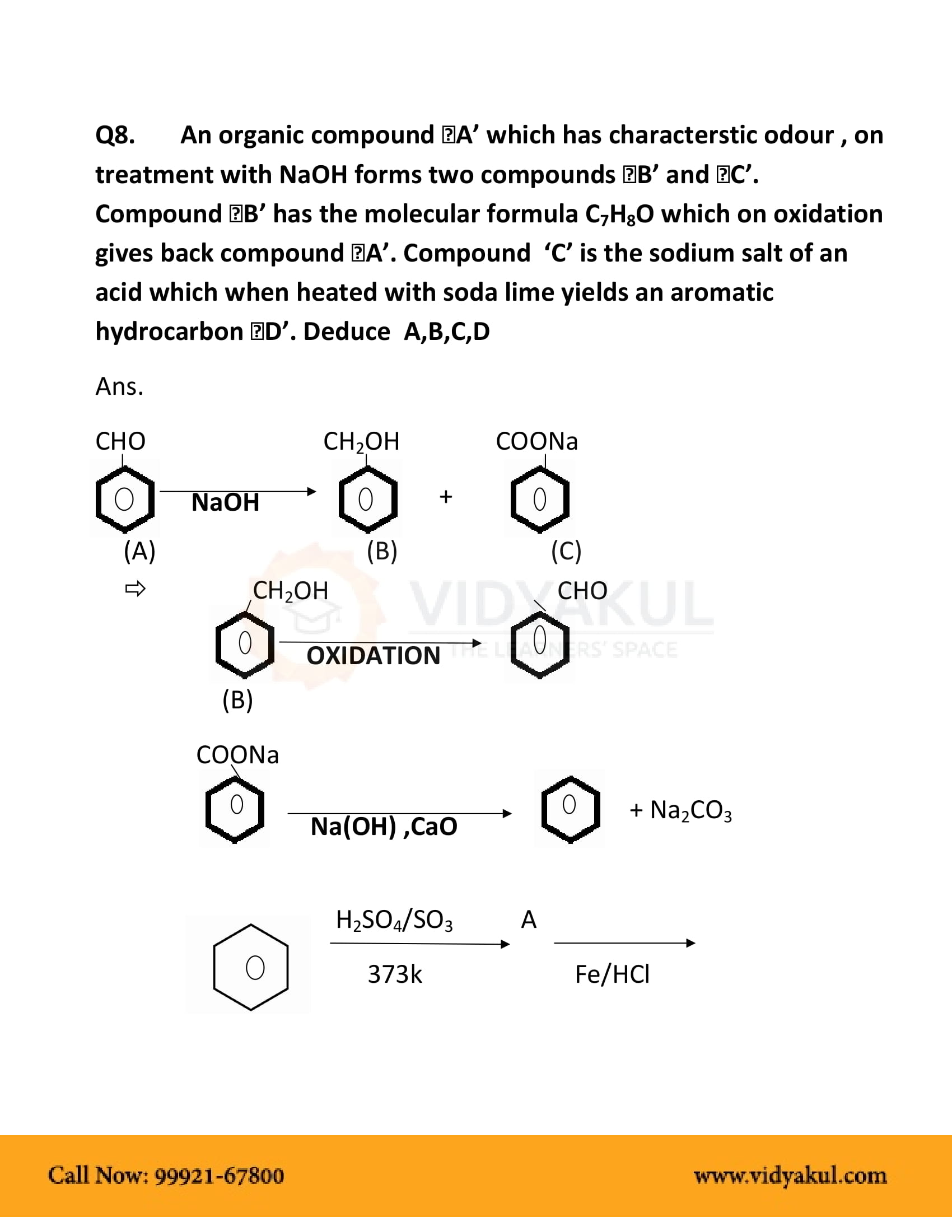
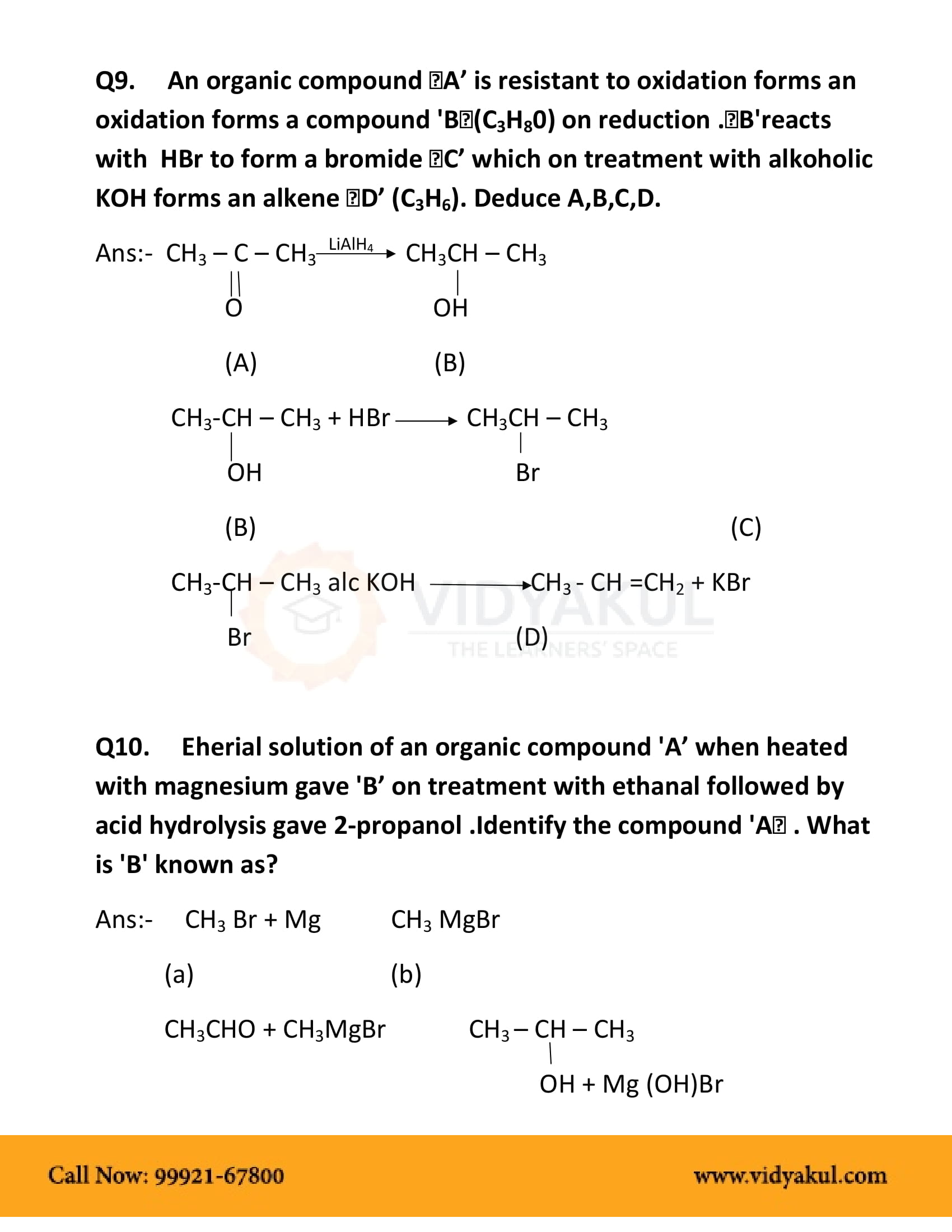
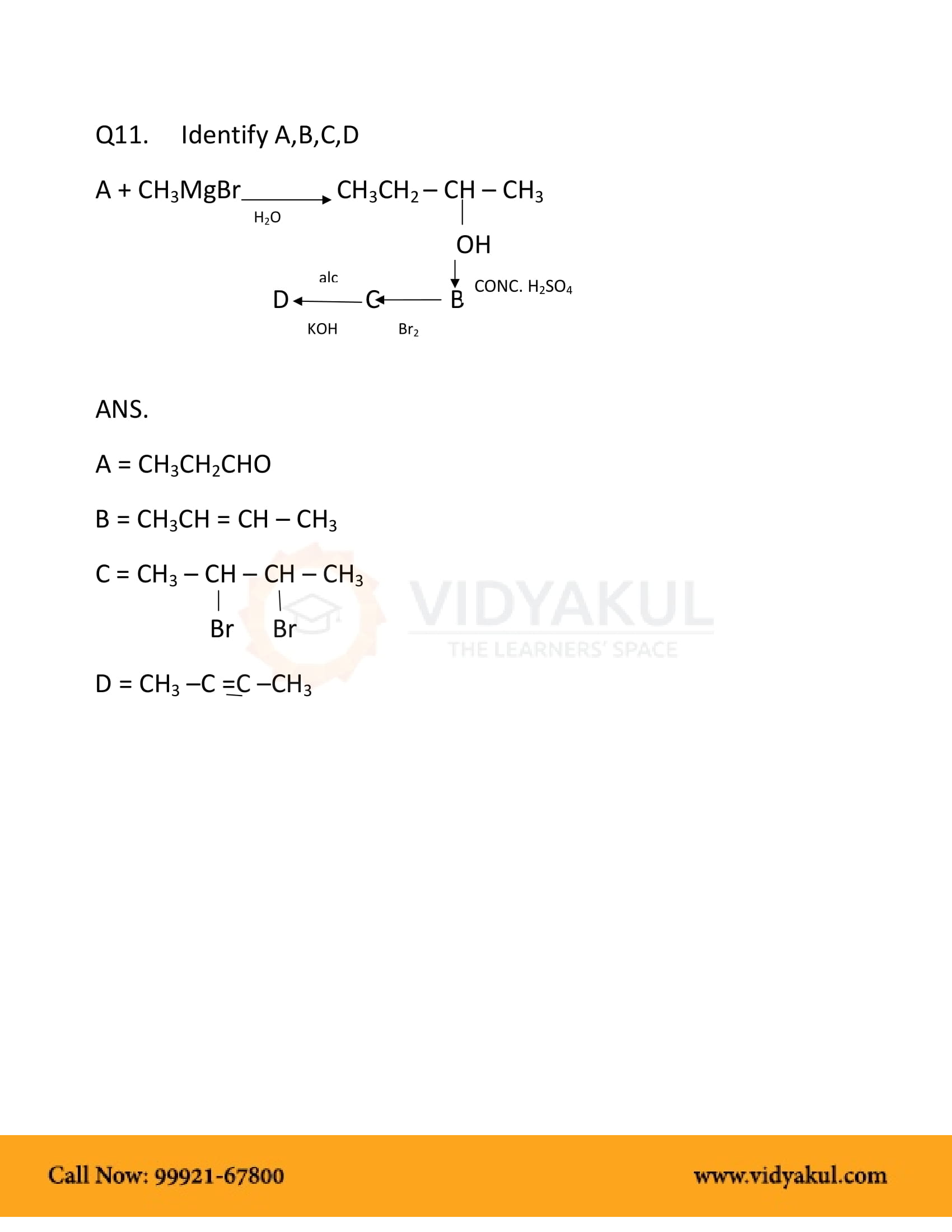
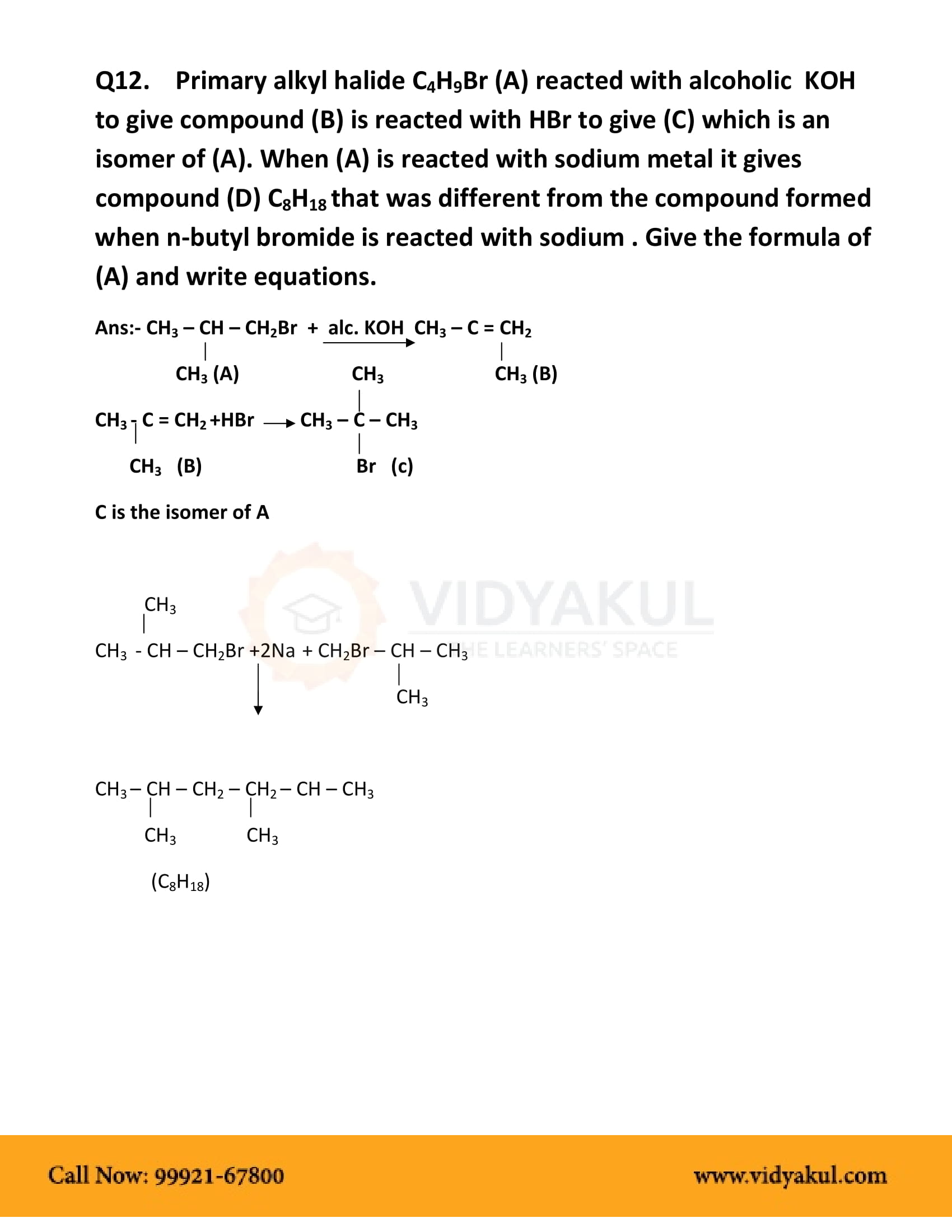
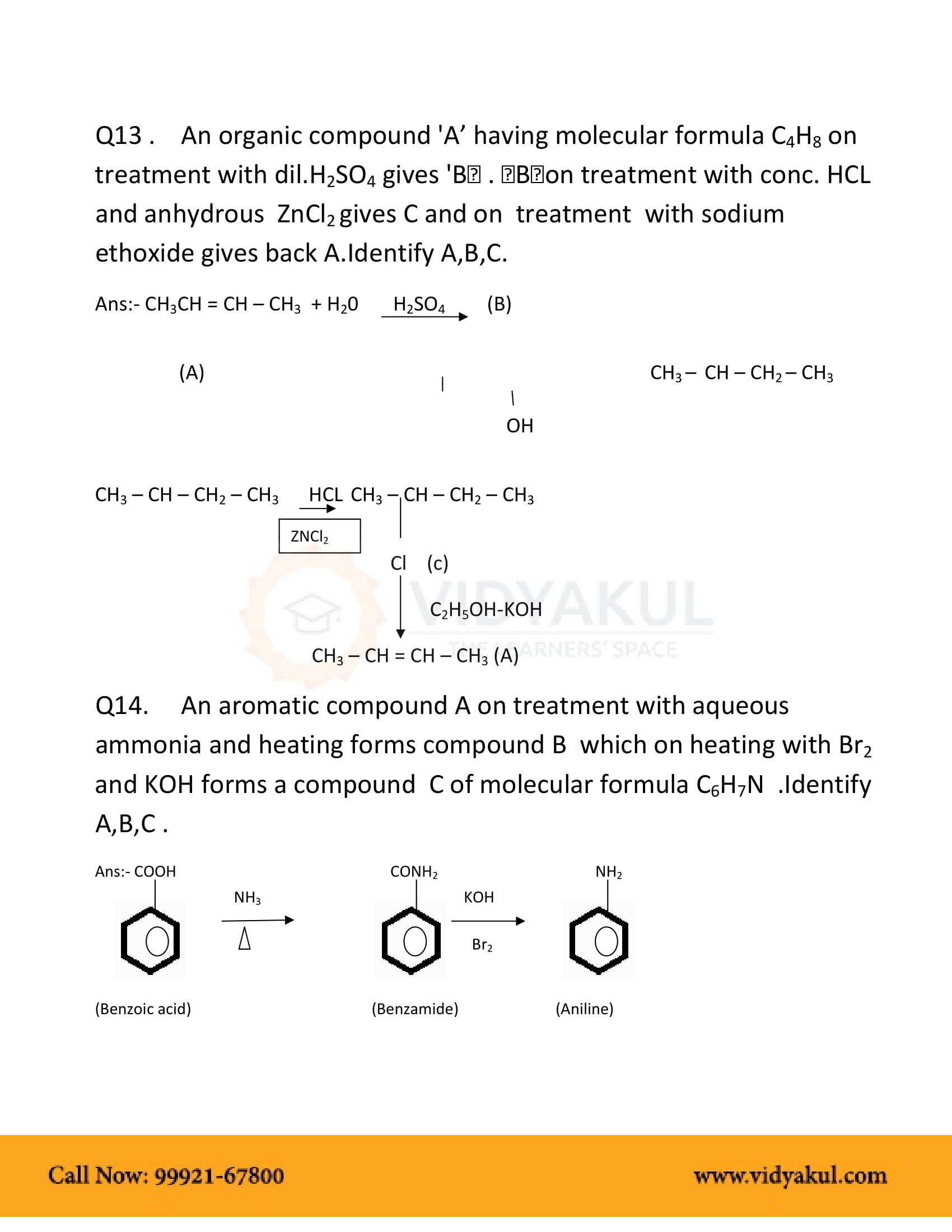
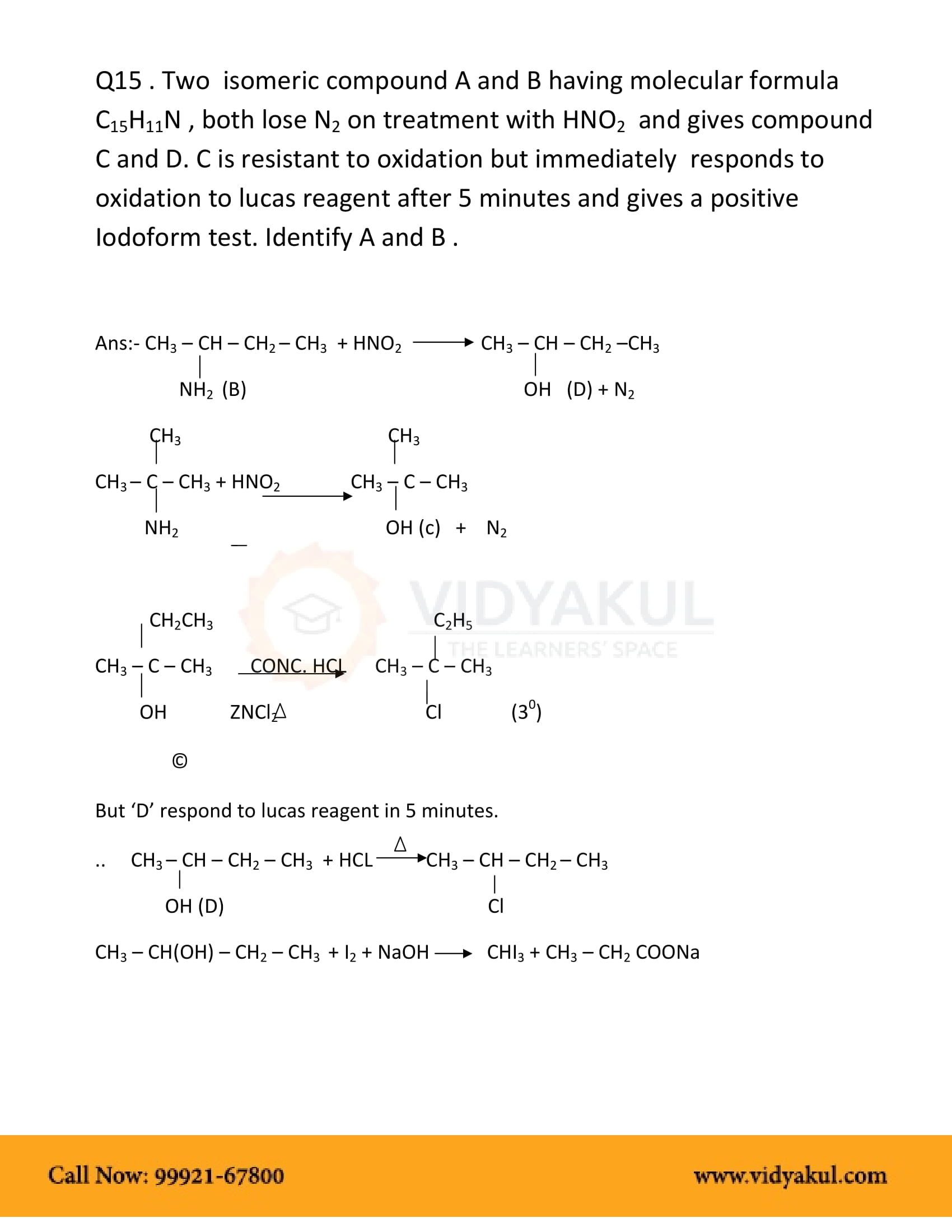
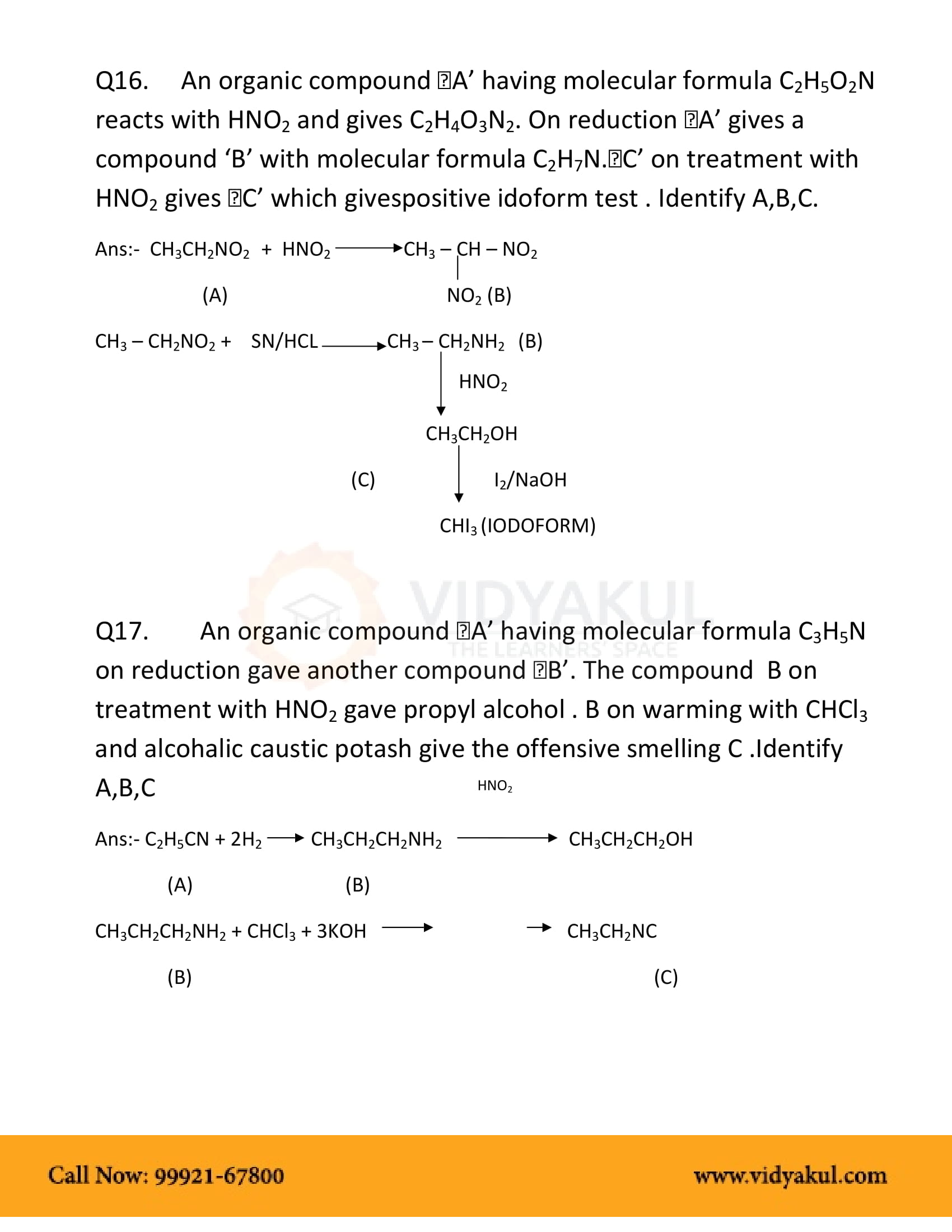
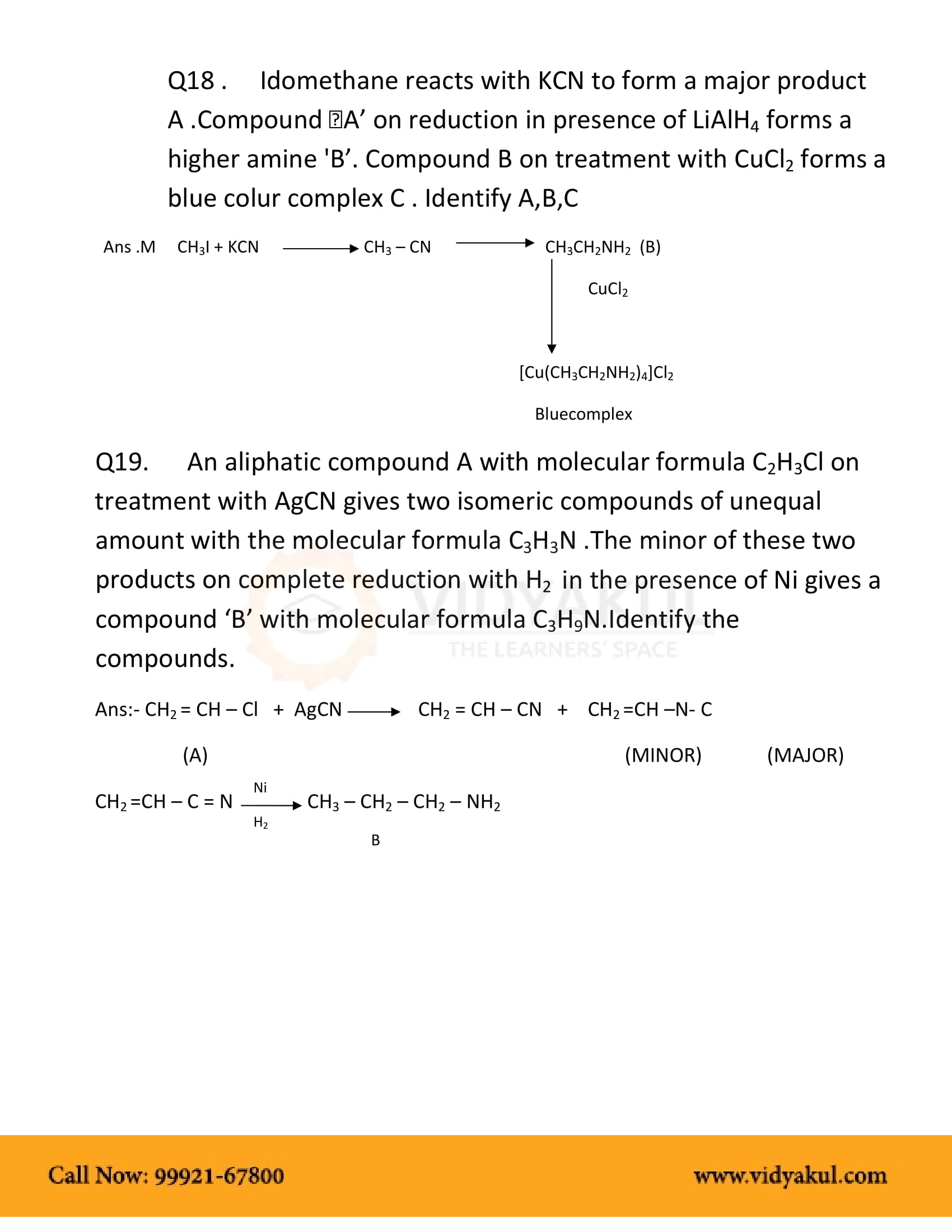
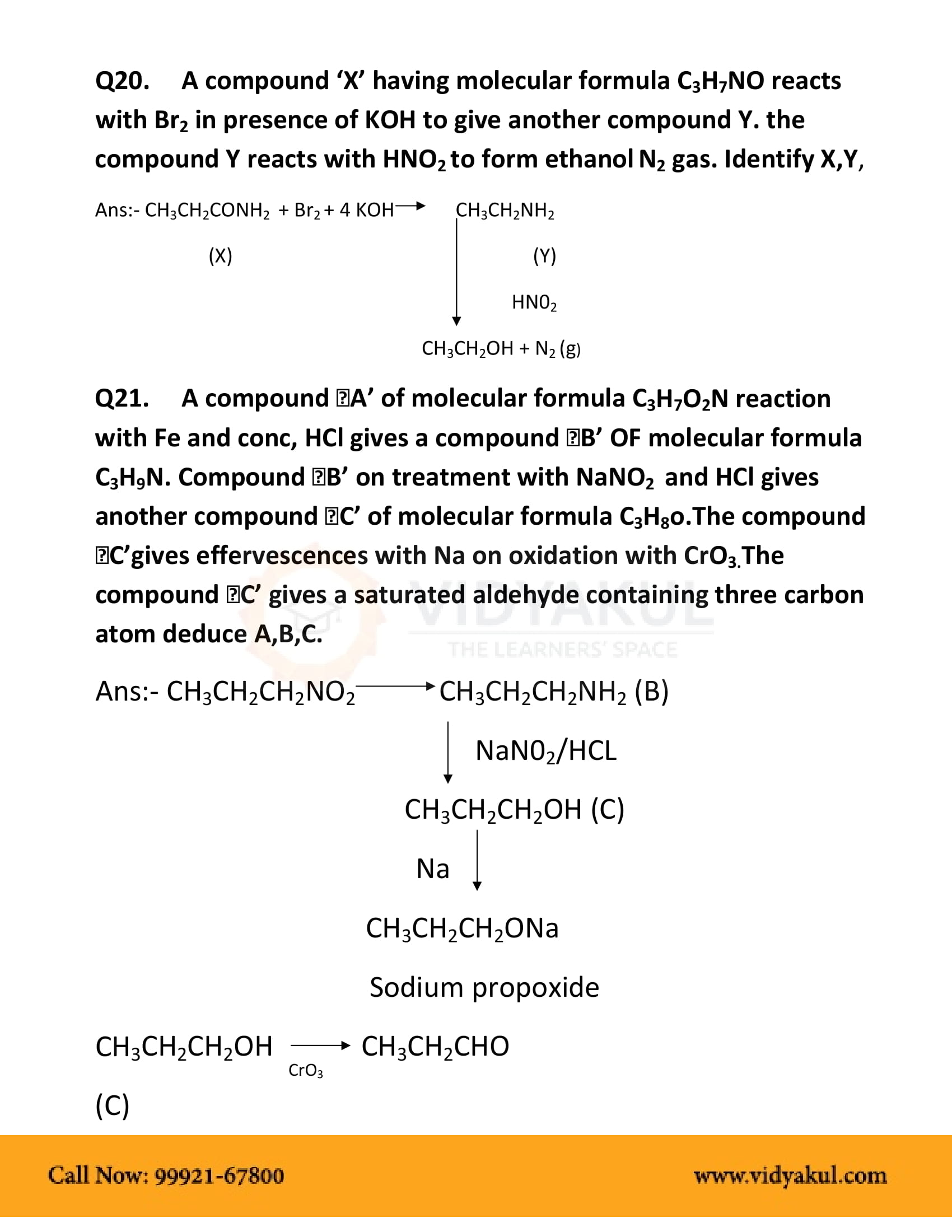
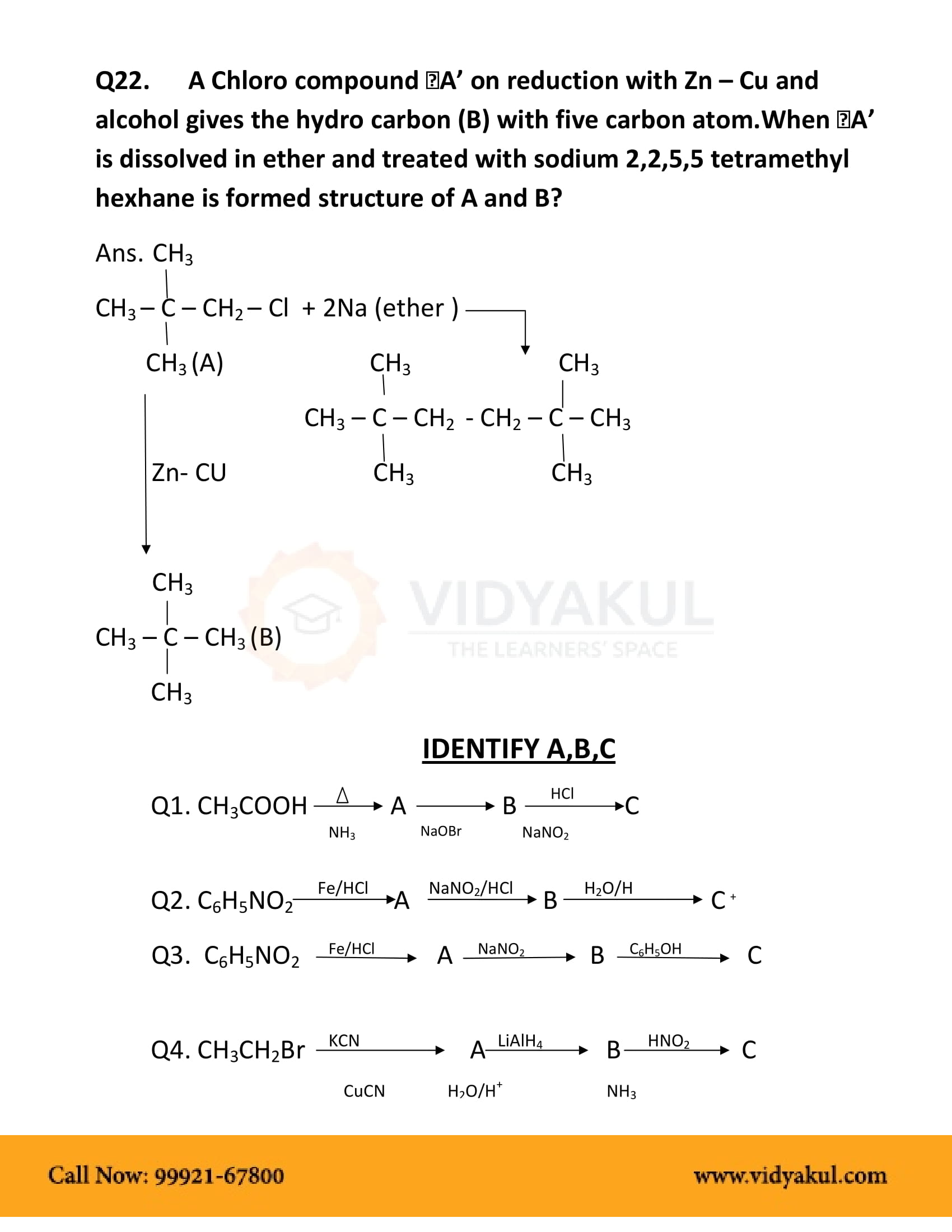

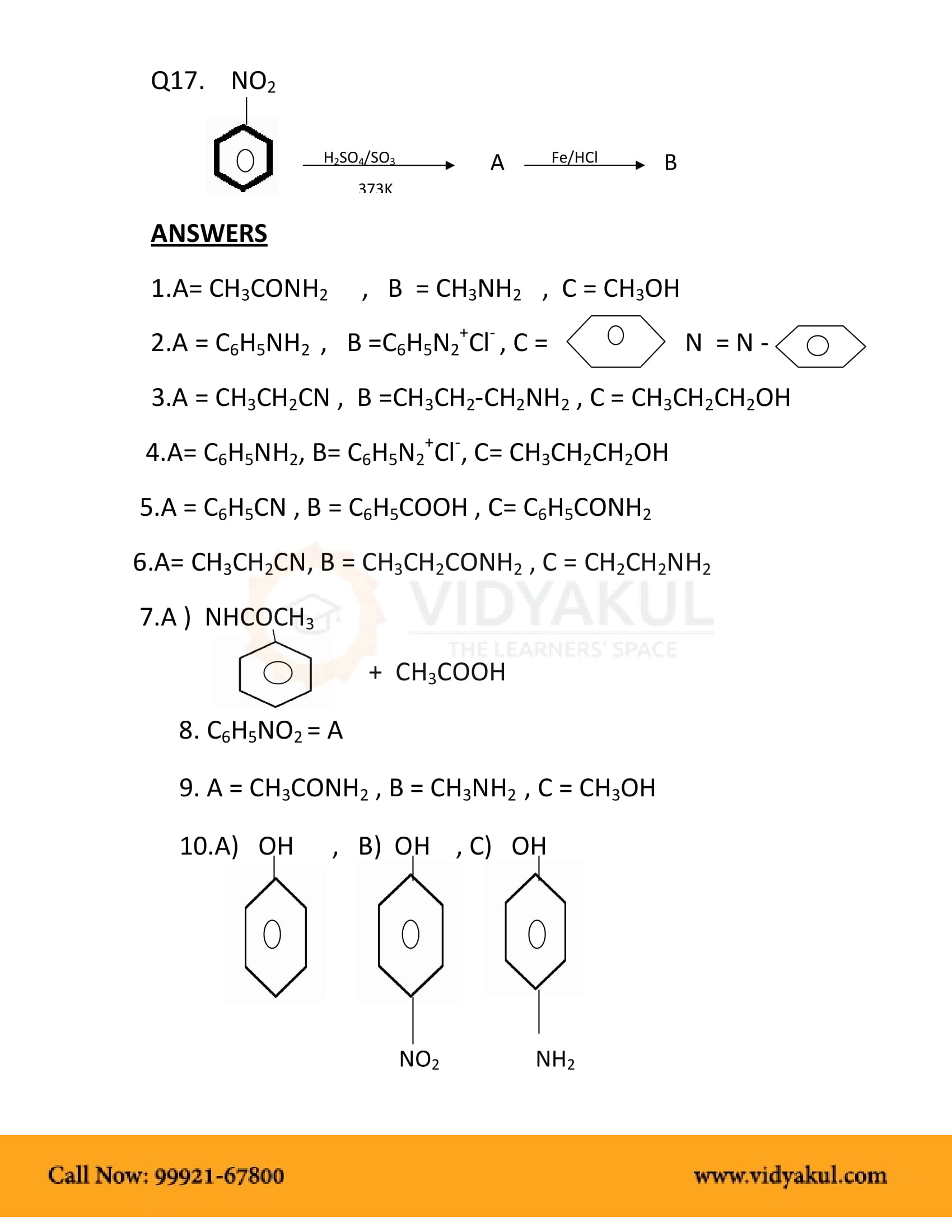
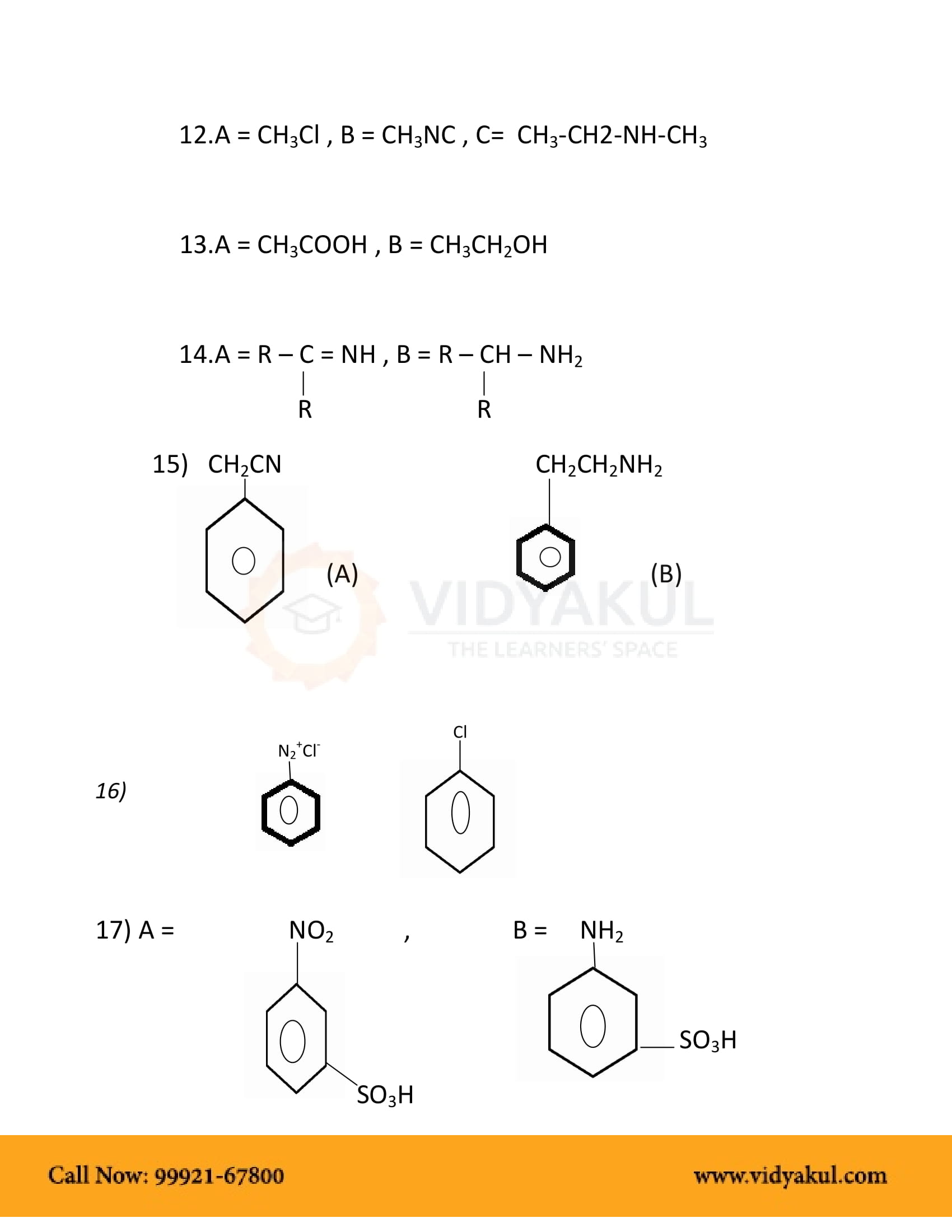
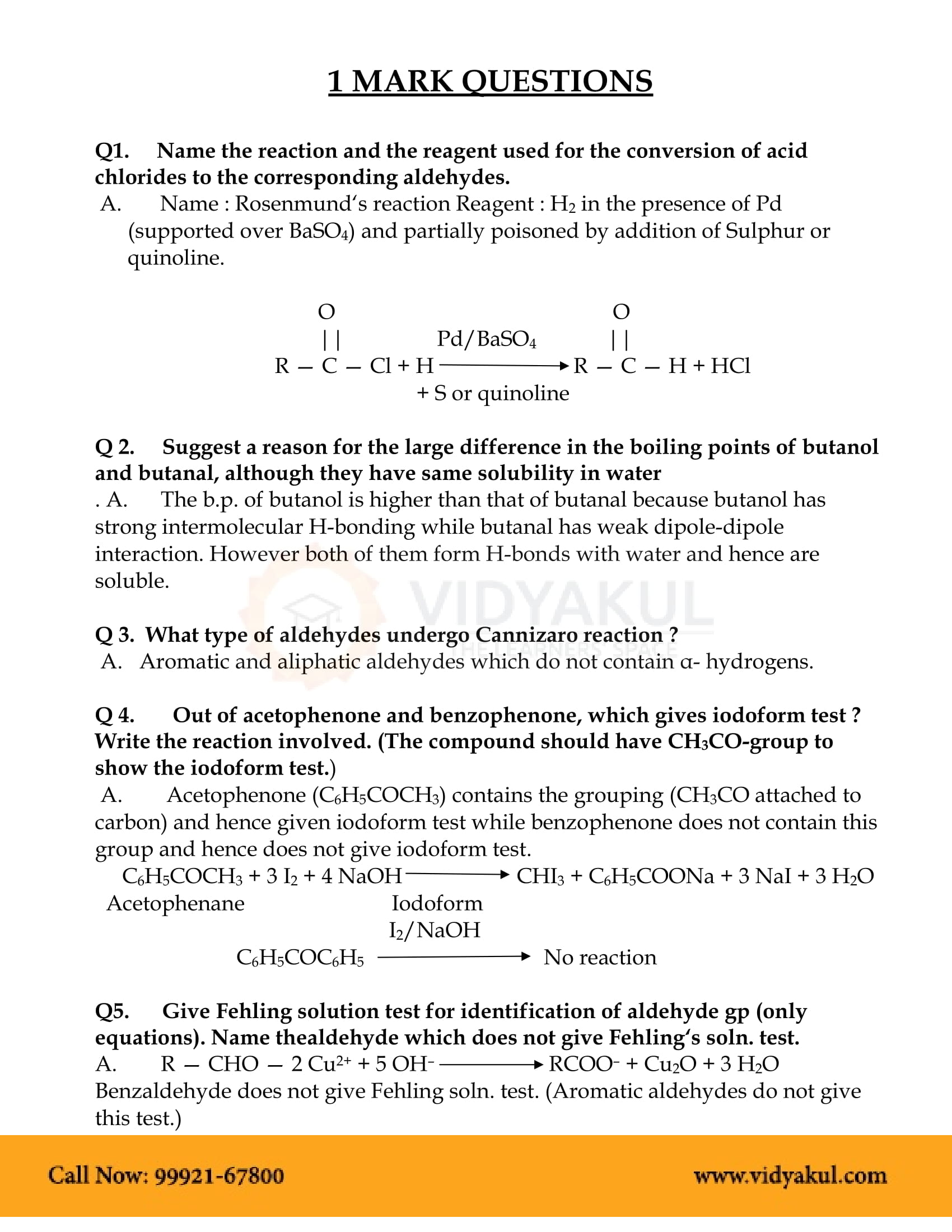
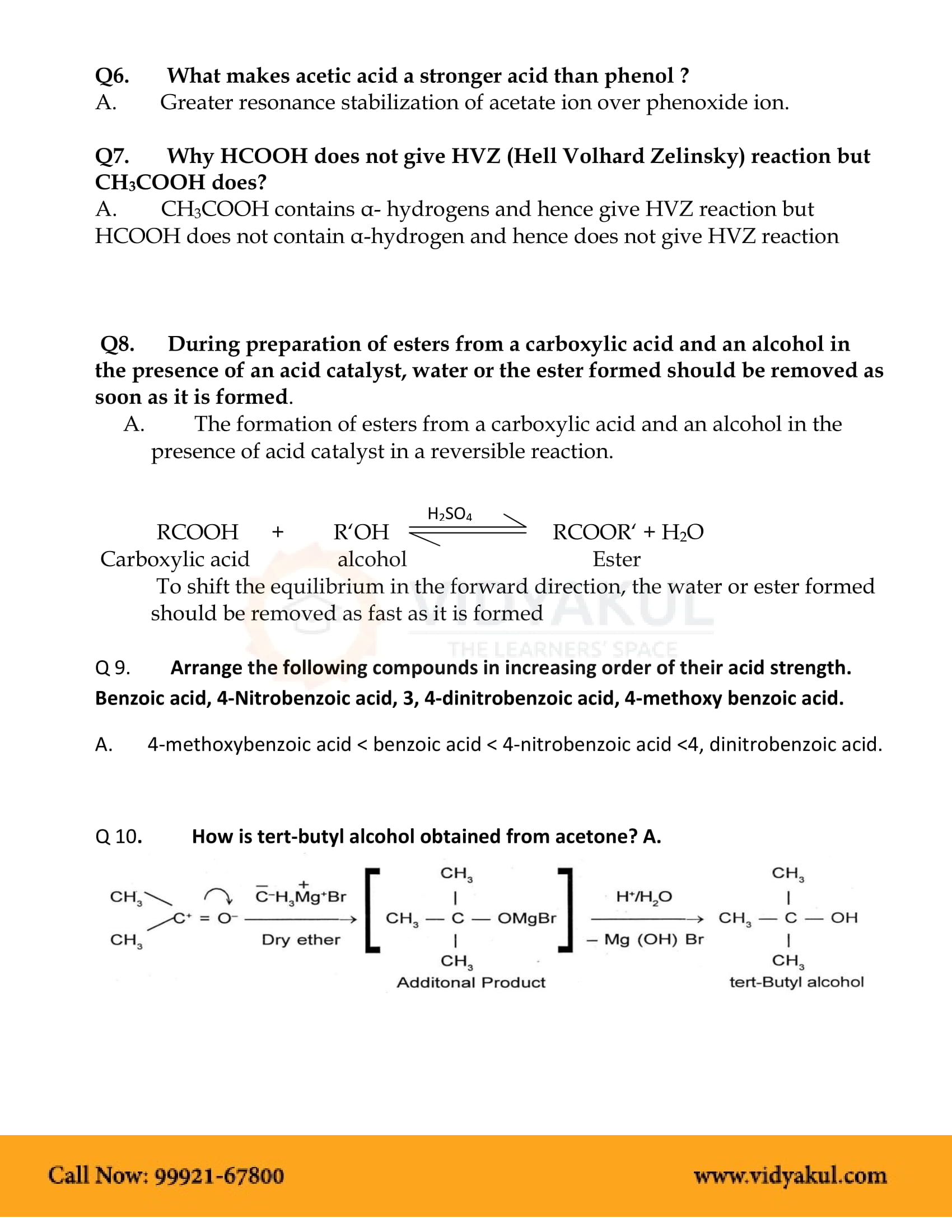
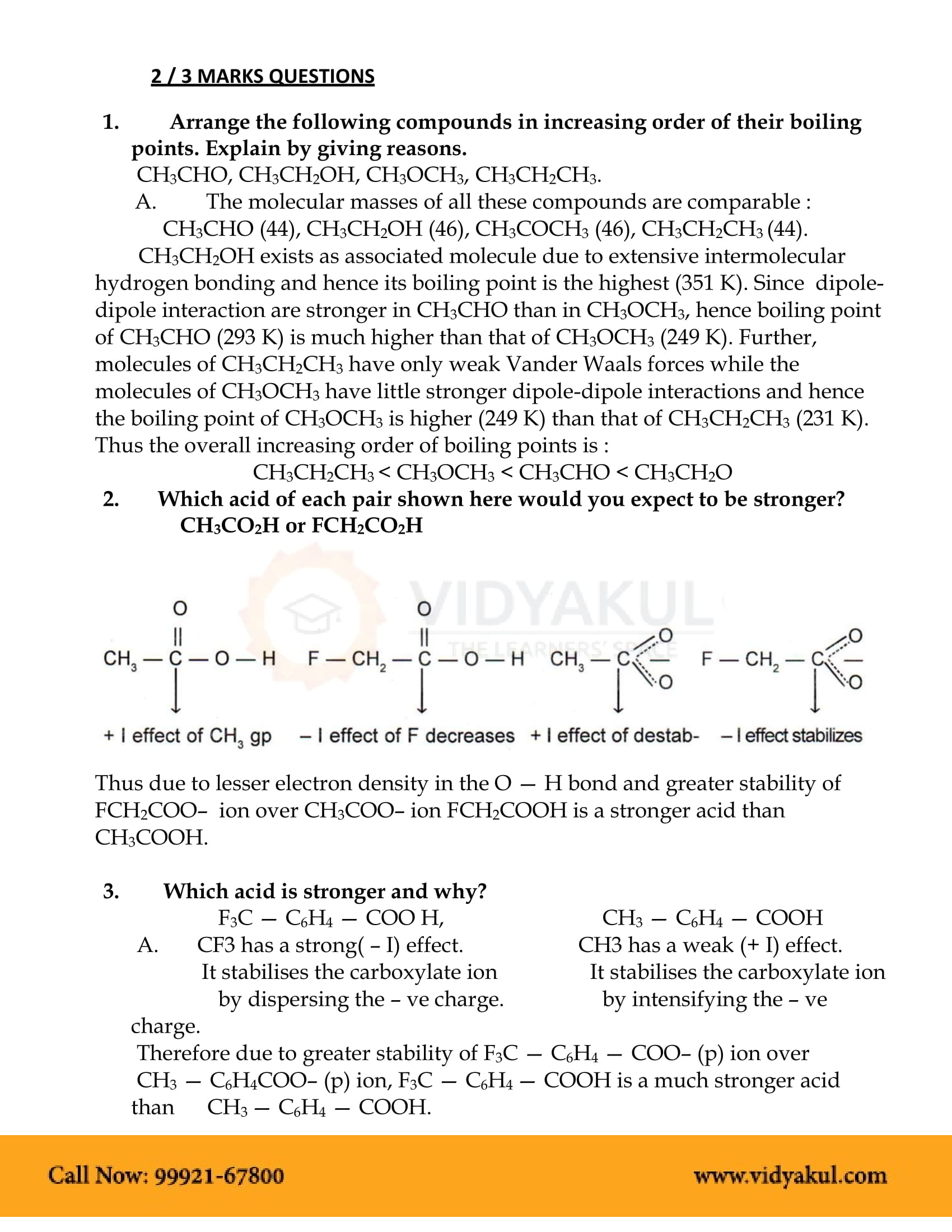
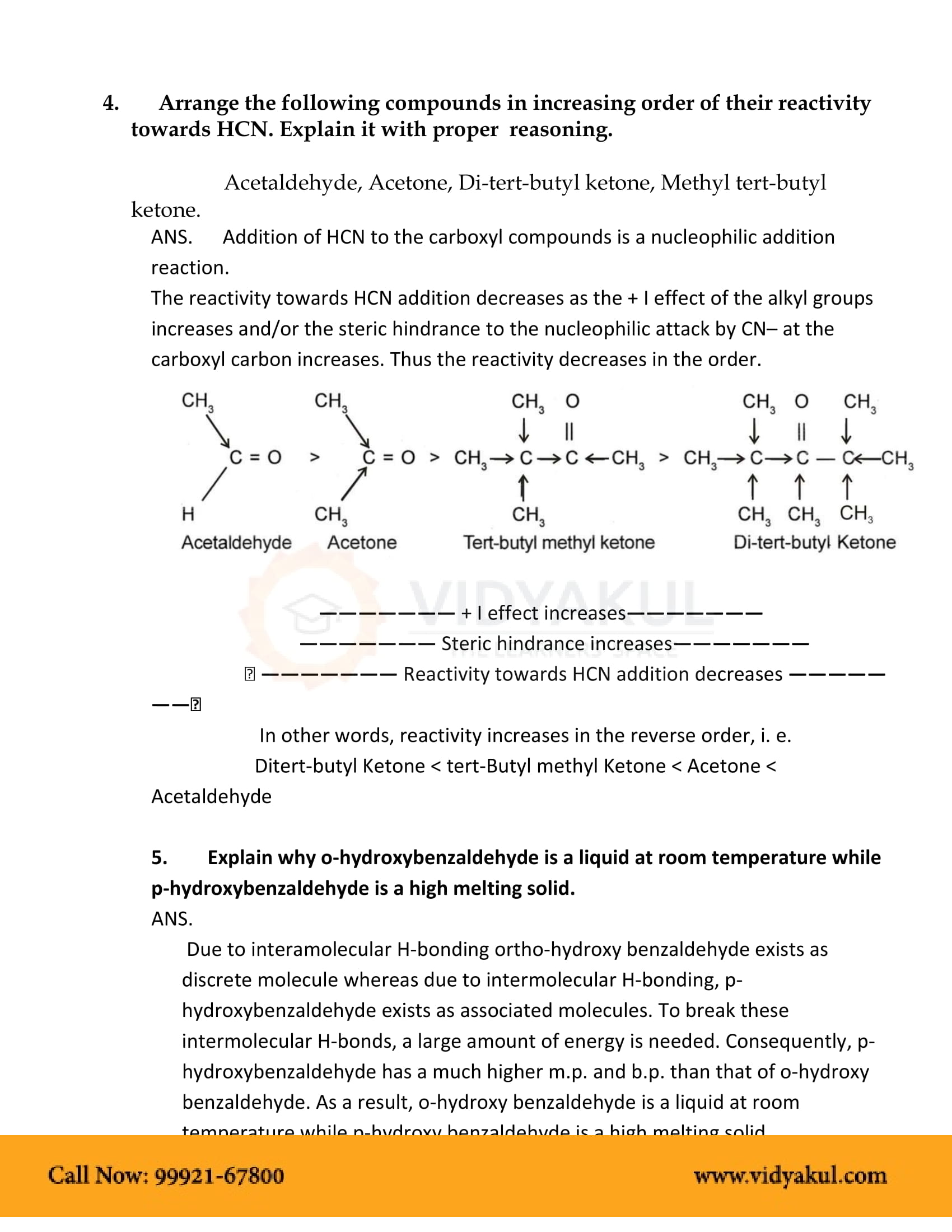
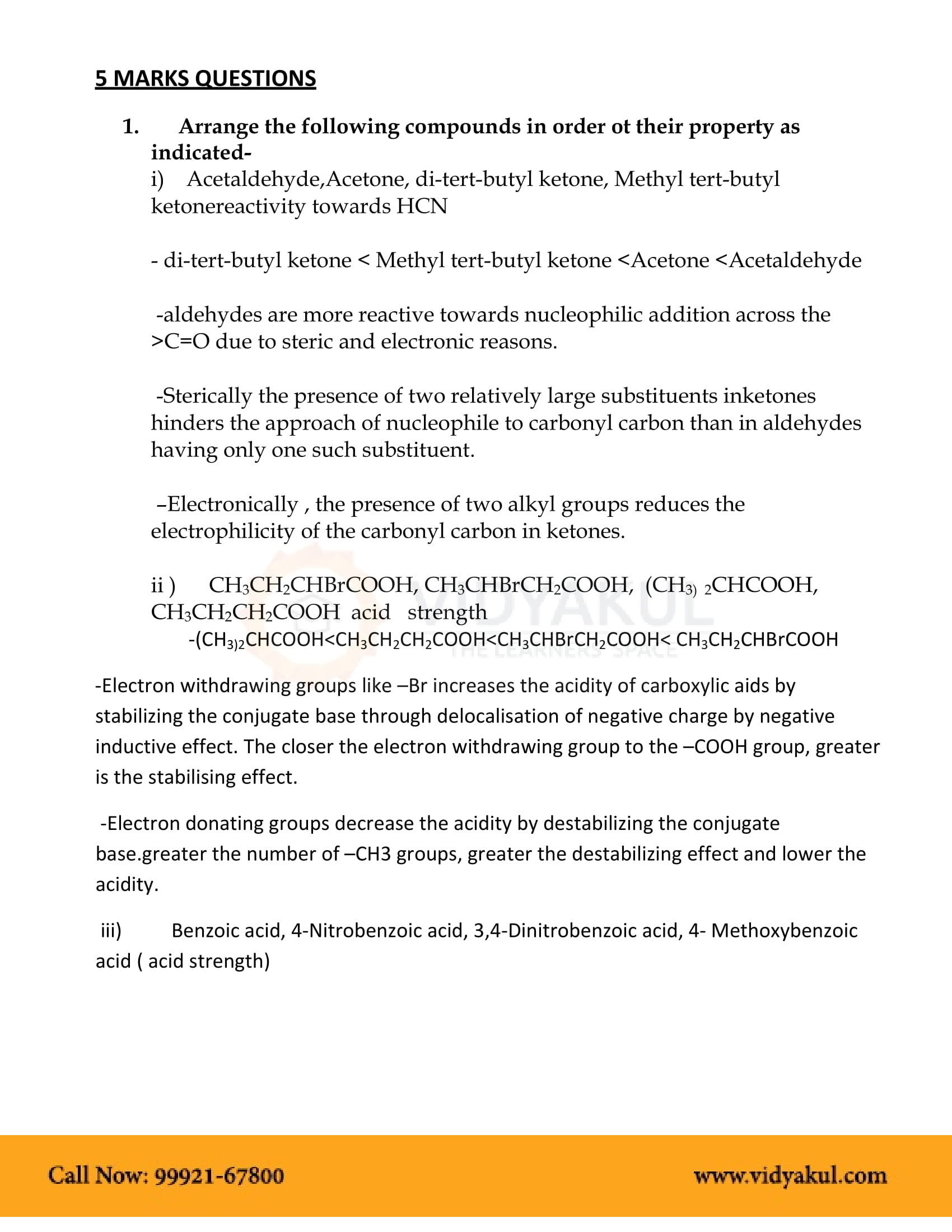
Important Links:
Few Important Questions
What are the types of ‘functional groups?
1. Hydroxyl 2. Methyl 3. Carbonyl 4. Carboxyl 5. Amino 6. Phosphate 7. Sulfhydryl
Which are the longest carbon chains?
Palytoxin and maitotoxin are believed to have the longest carbon chains in nature, except for biopolymers.
What are some of the uses of ‘Ketones’ in real life?
Ketones are generally used as solvents and as catalysts in the chemical industry. These are products often used in perfumes and paints in order to stabilize the ingredients to avoid degradation in time.
Practice Questions
Draw the structures of p-Nitropropiophenone and 4-Chloropentan-2-one.
Convert ethanal to But-2-enoic acid and Butane-1,3-diol.
Give a chemical test to distinguish between Benzoic acid and Ethyl benzoate.
How to prepare Methyl benzoate from benzene?
What is Acetylation? Define Decarboxylation.
